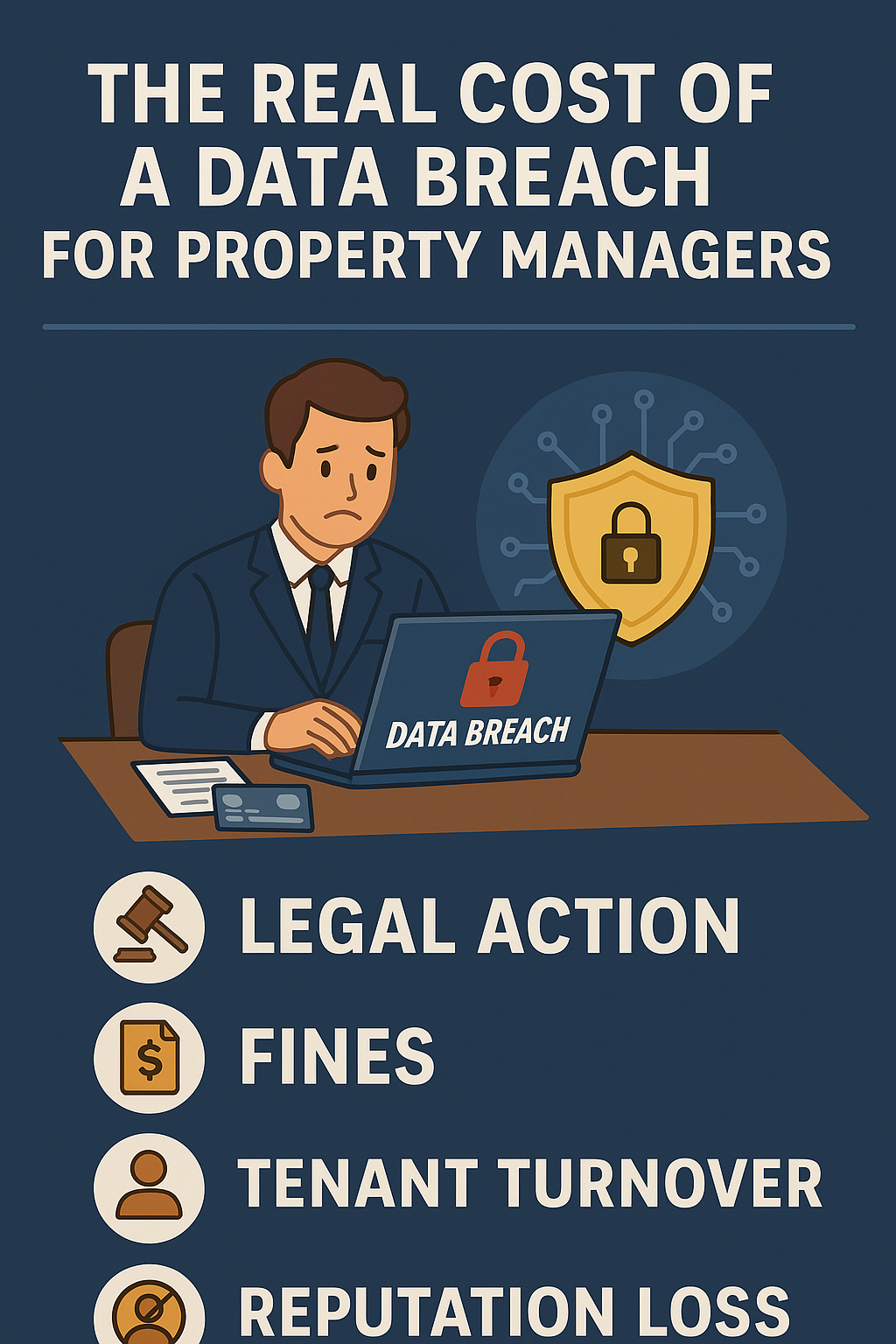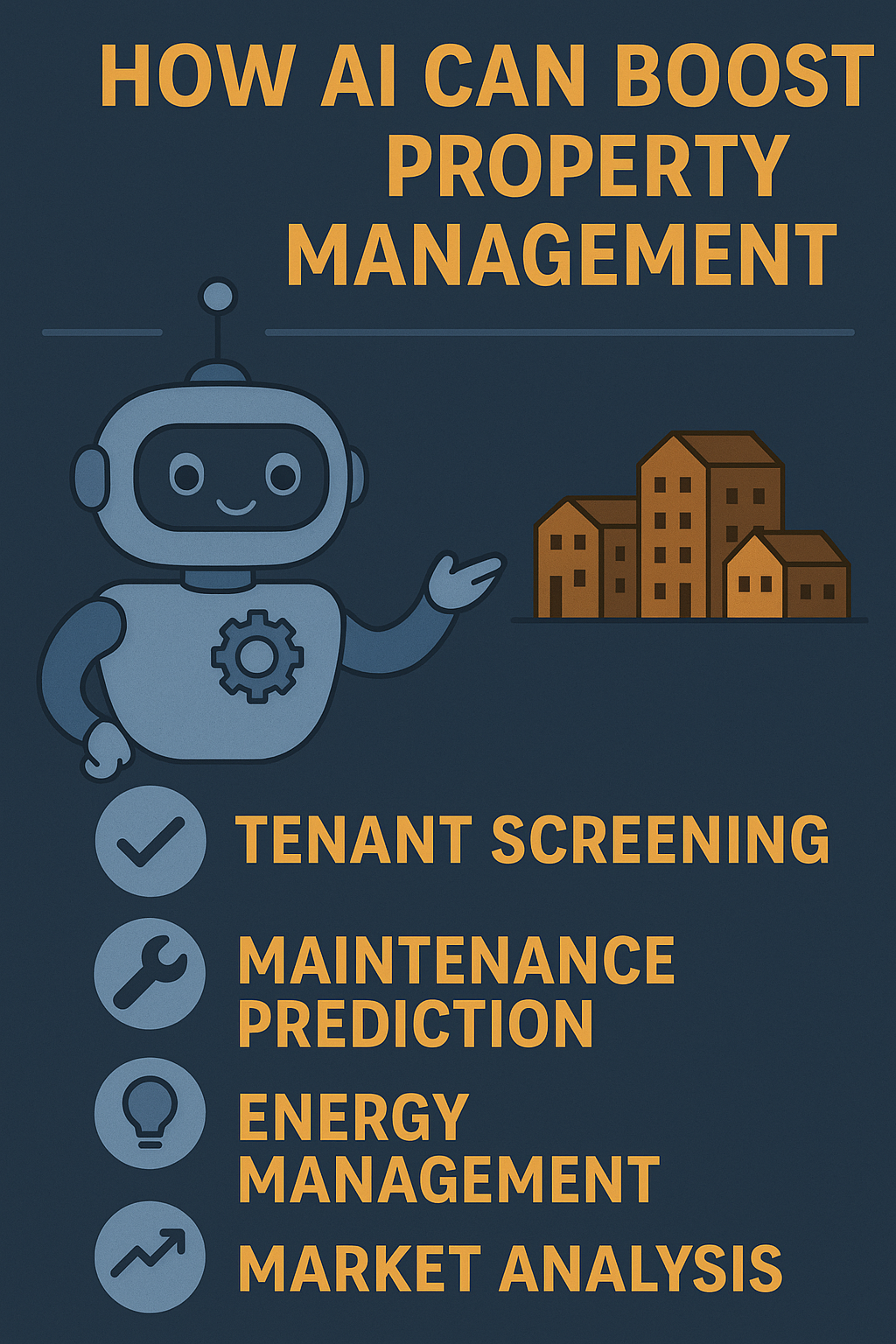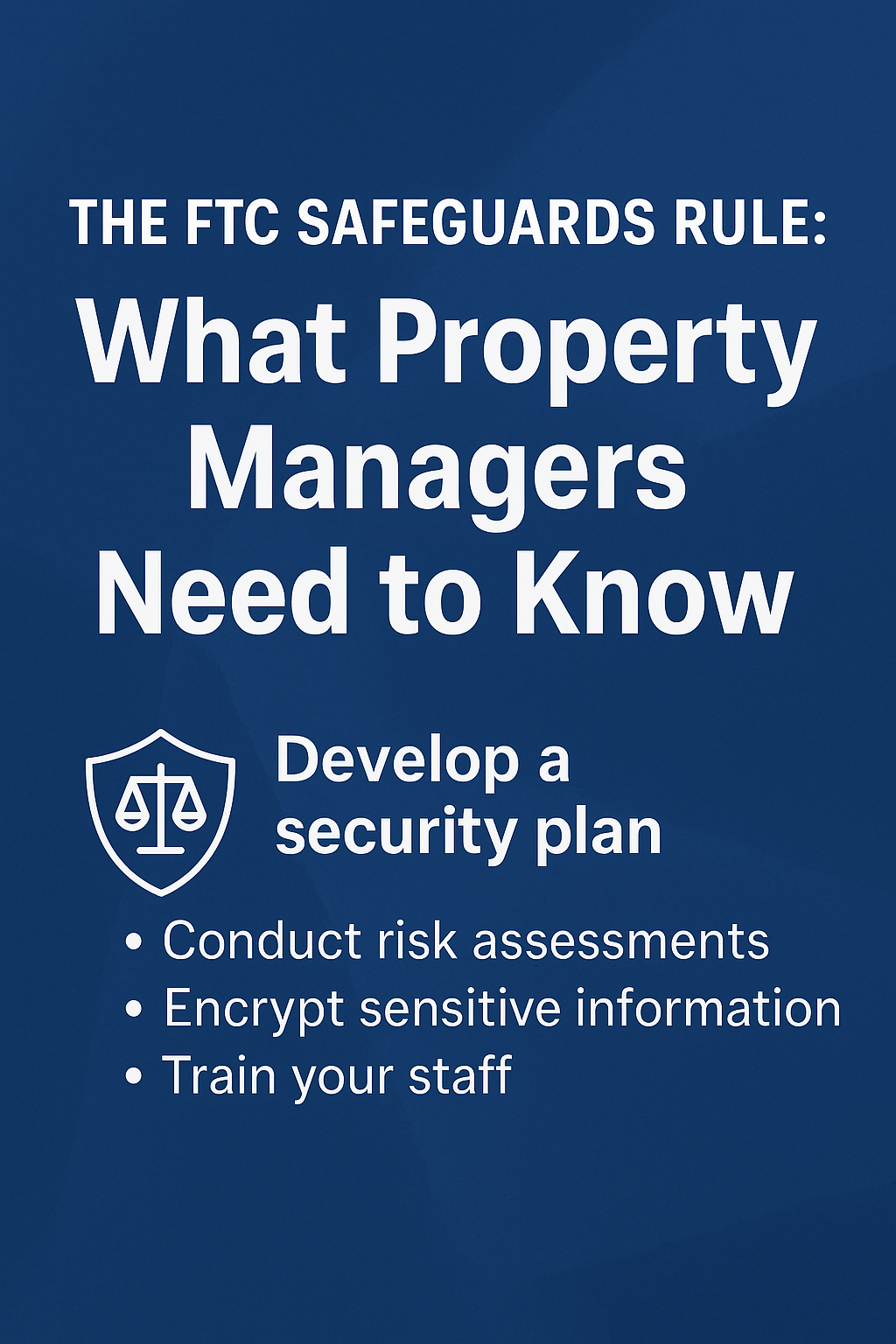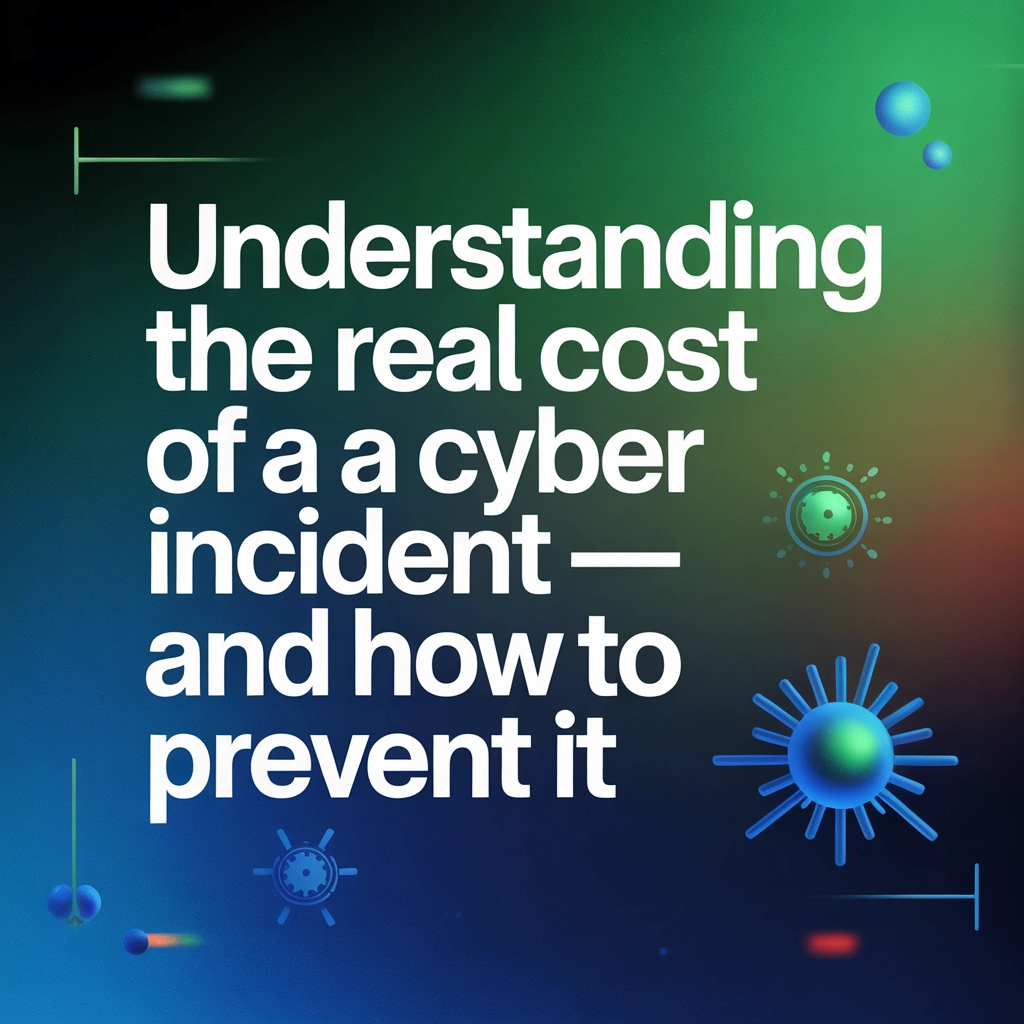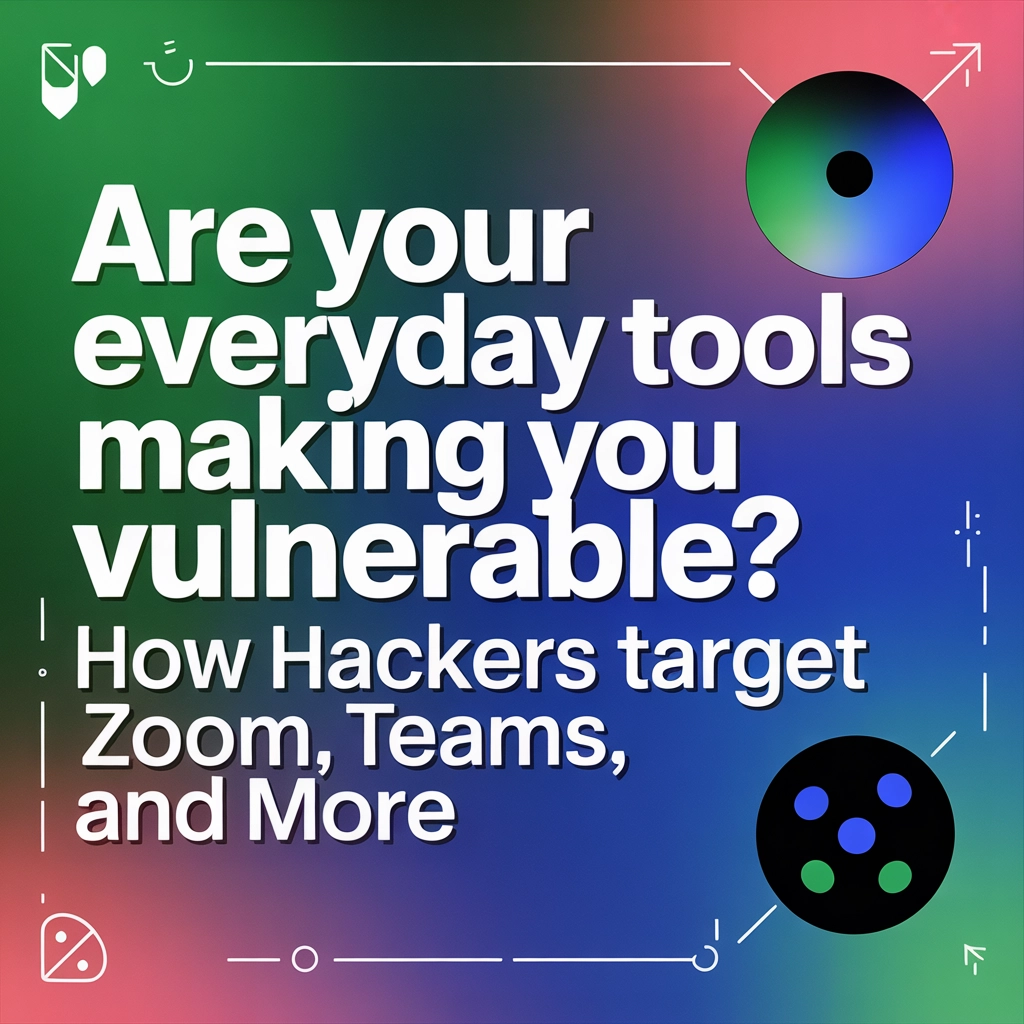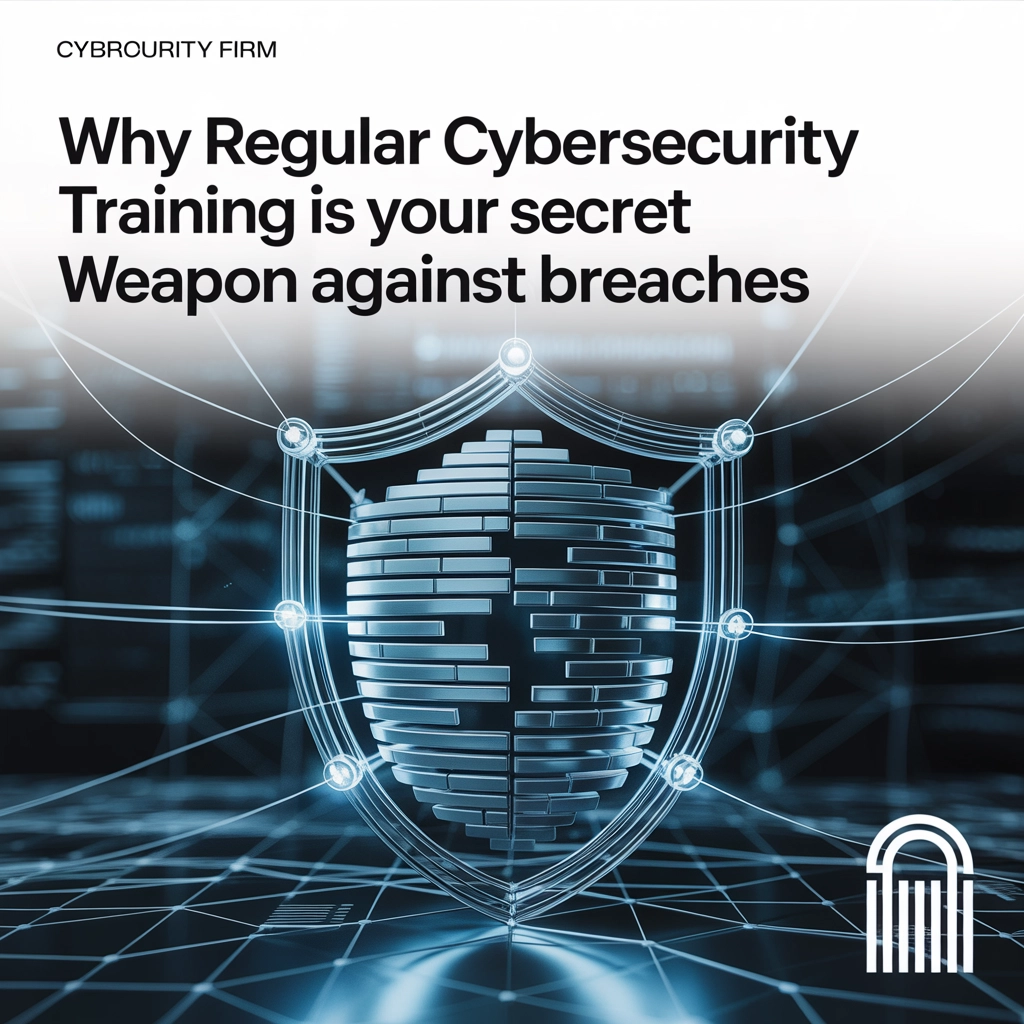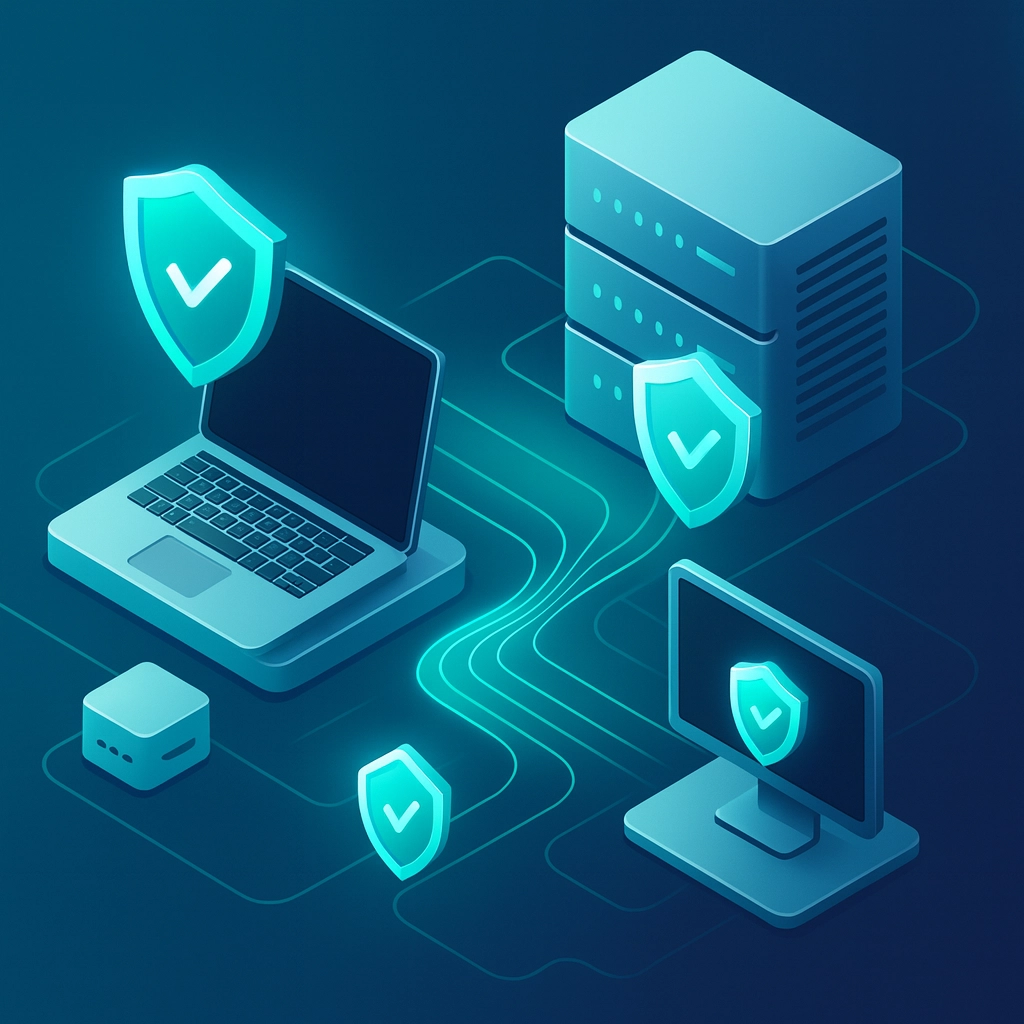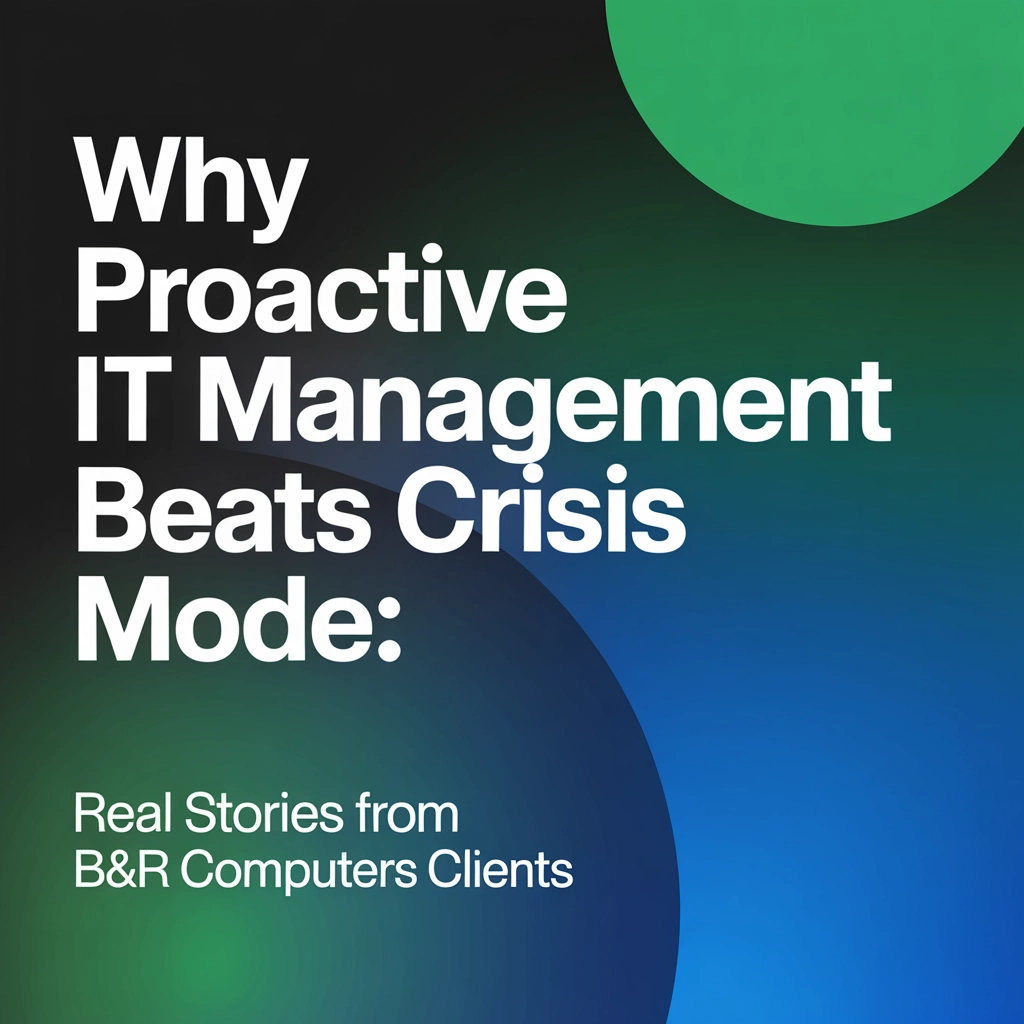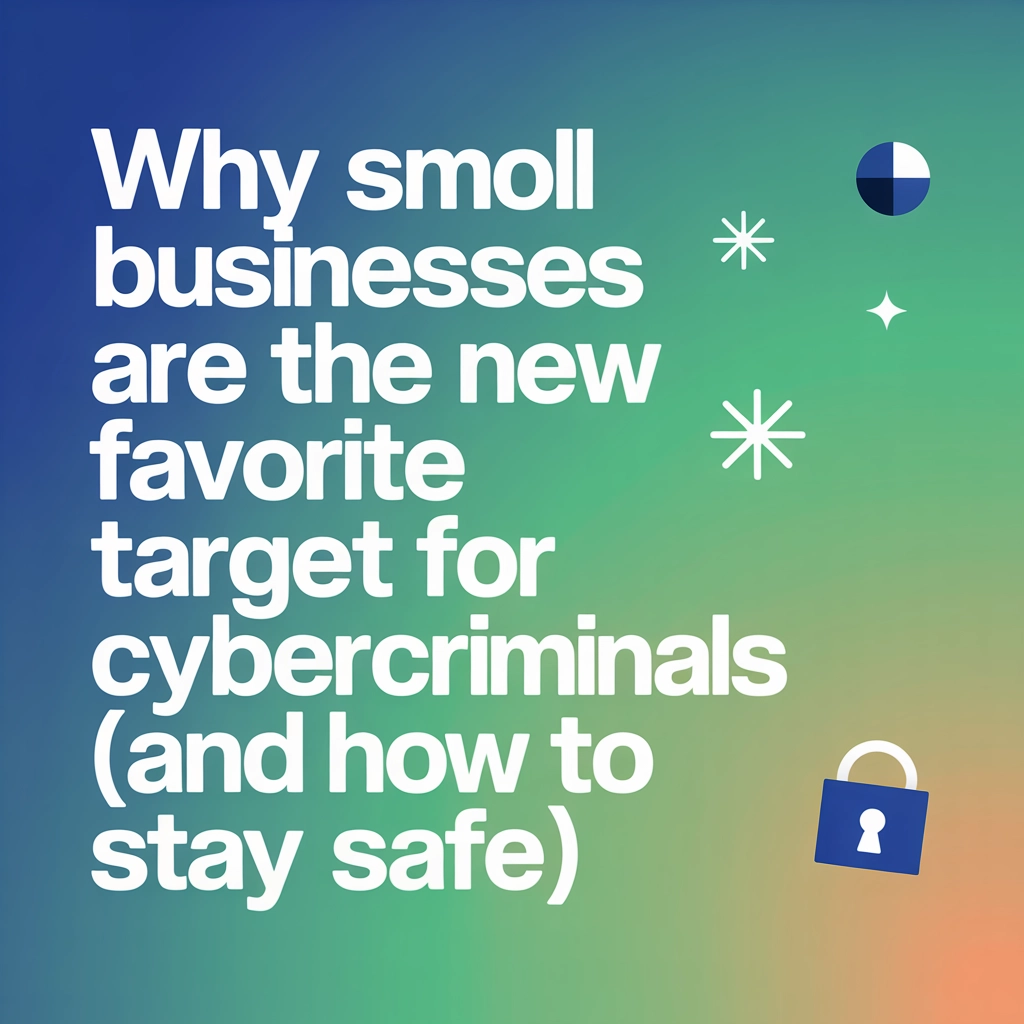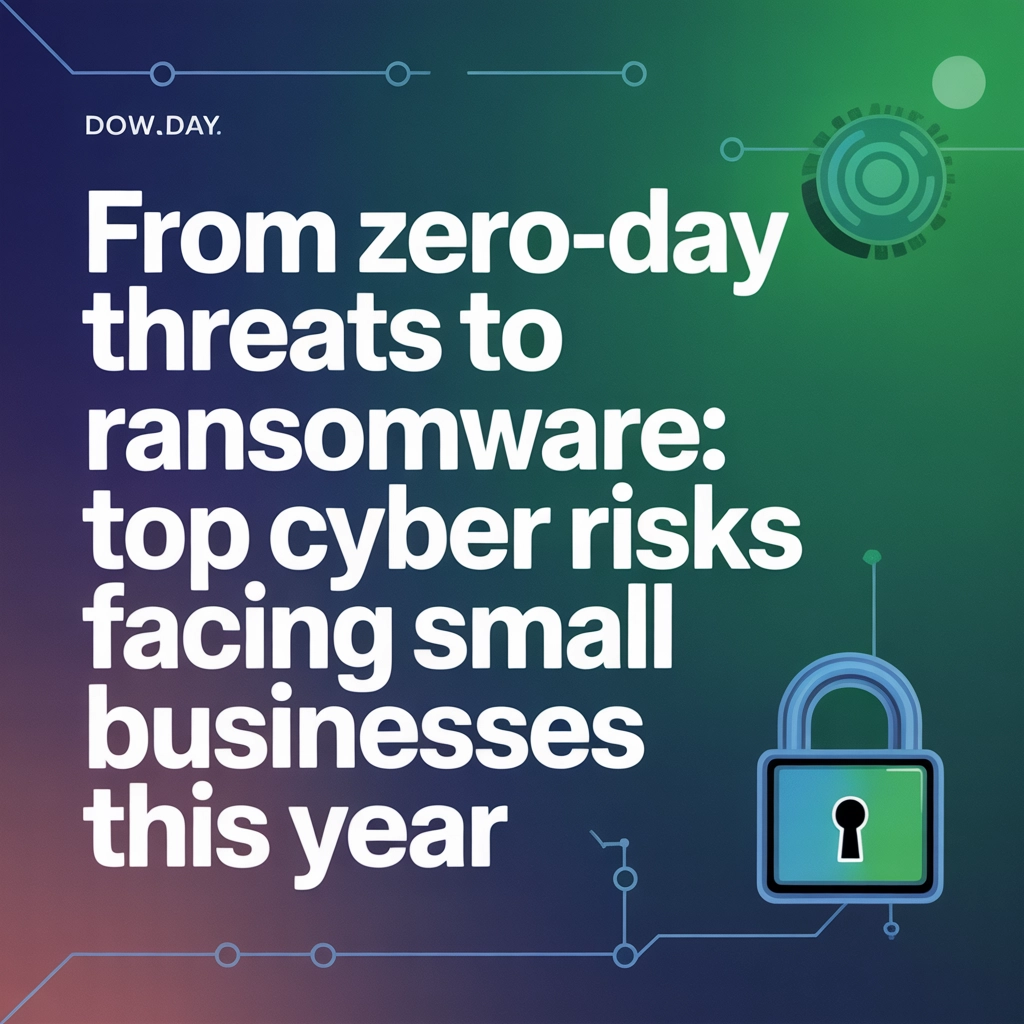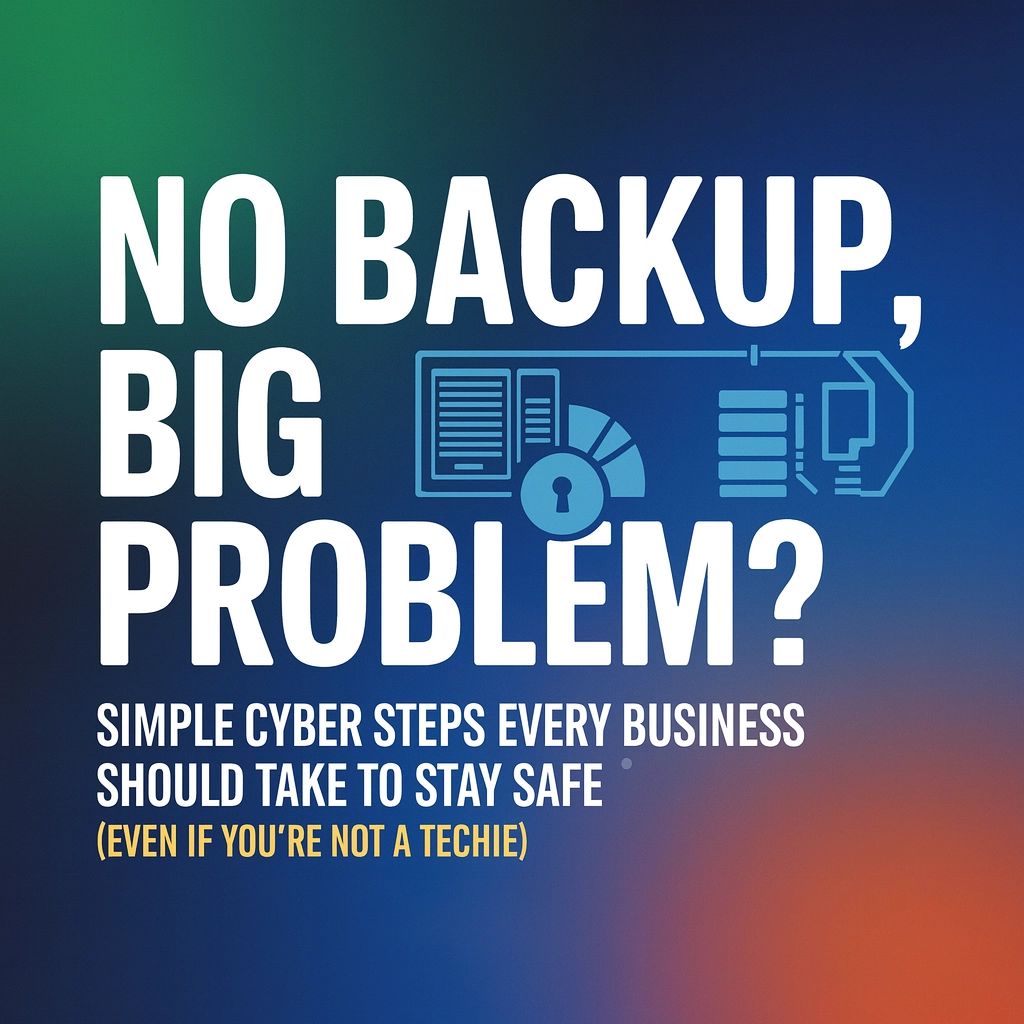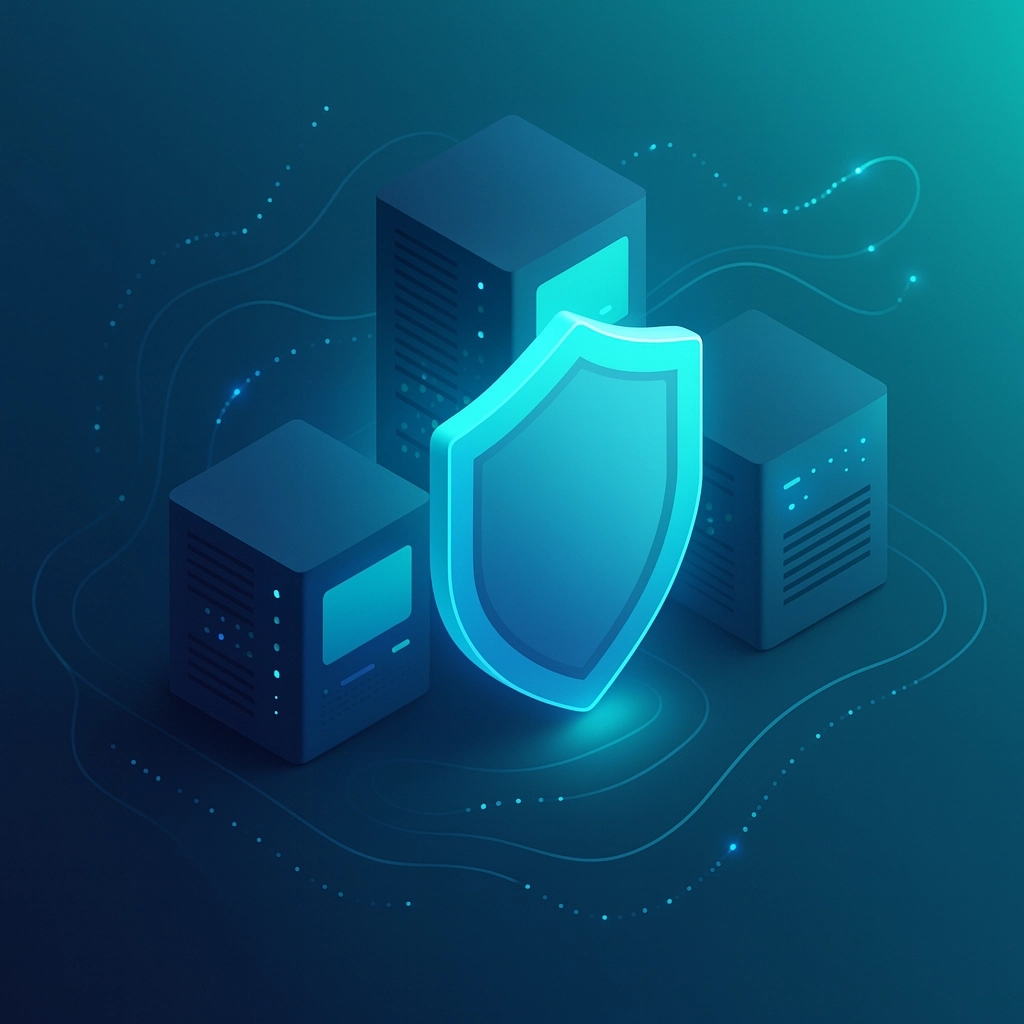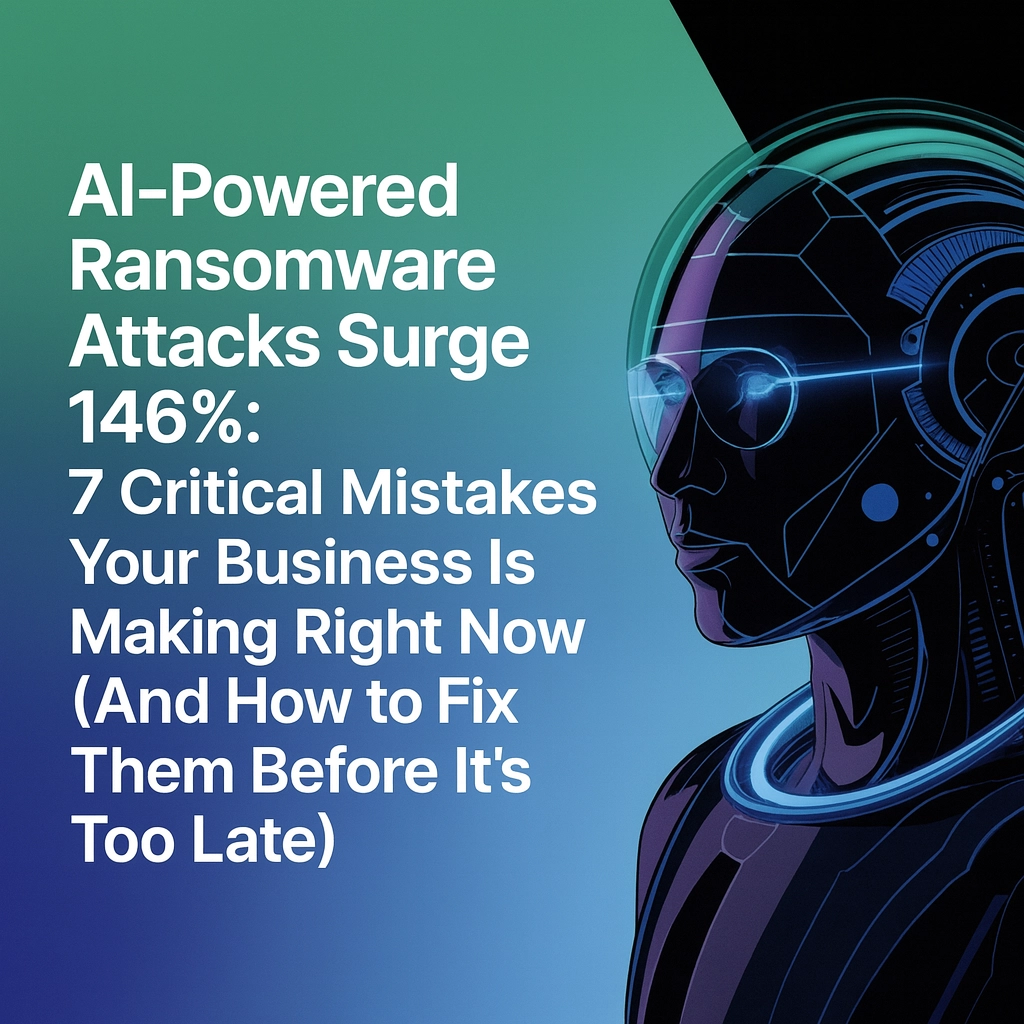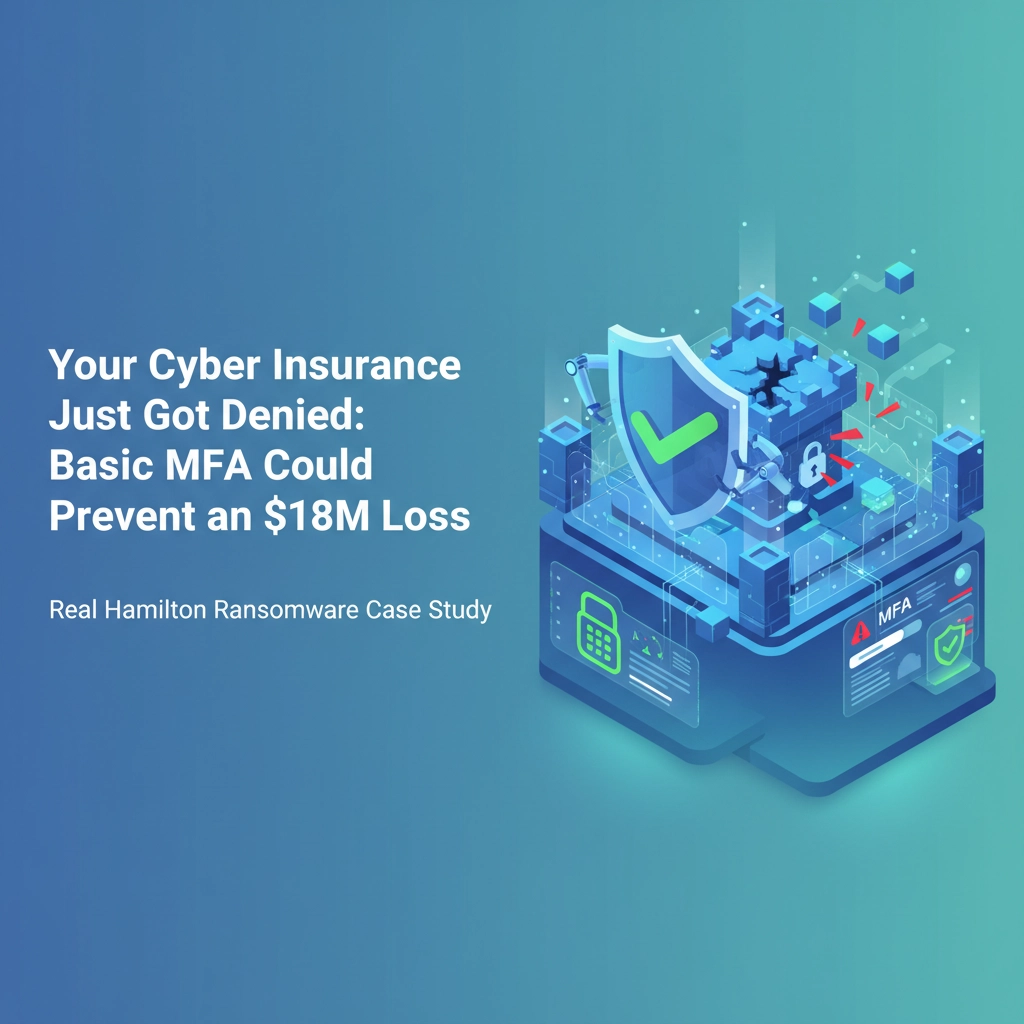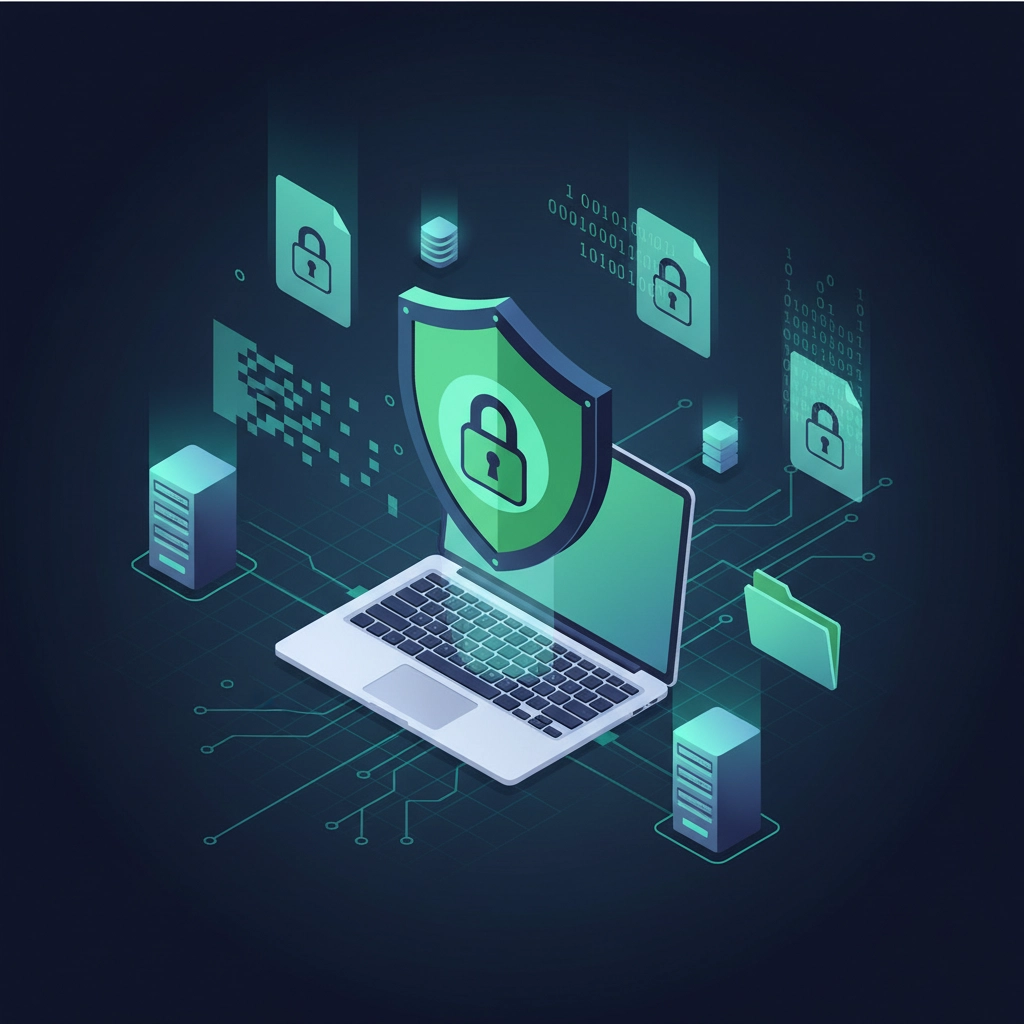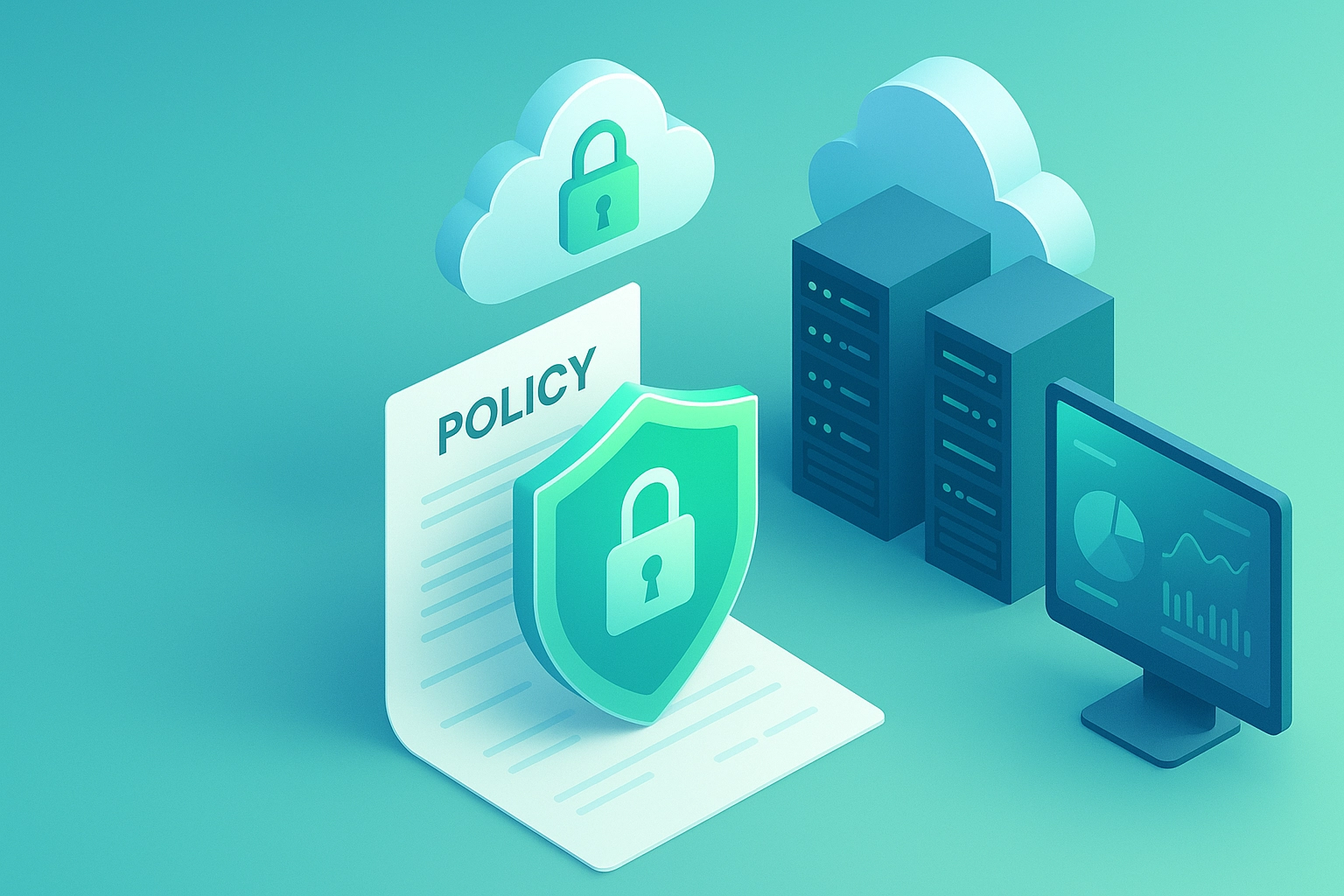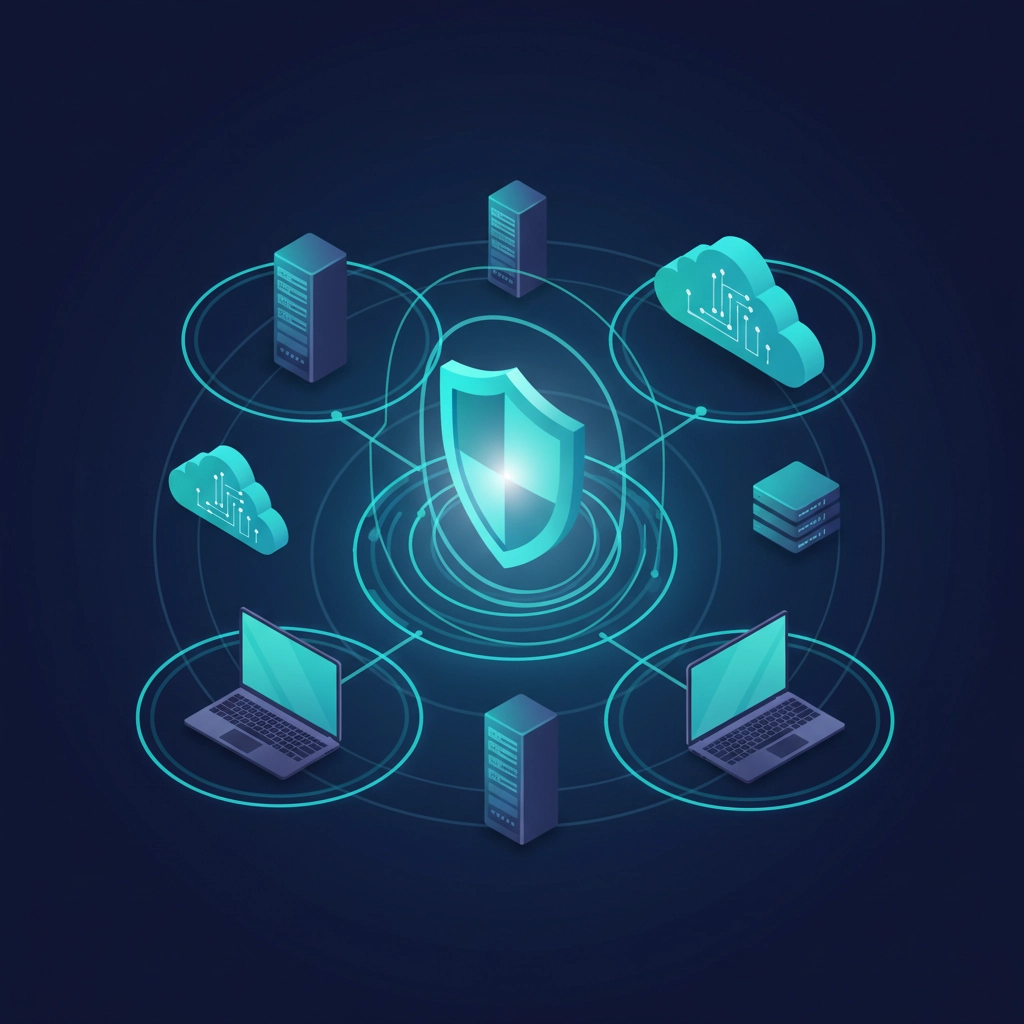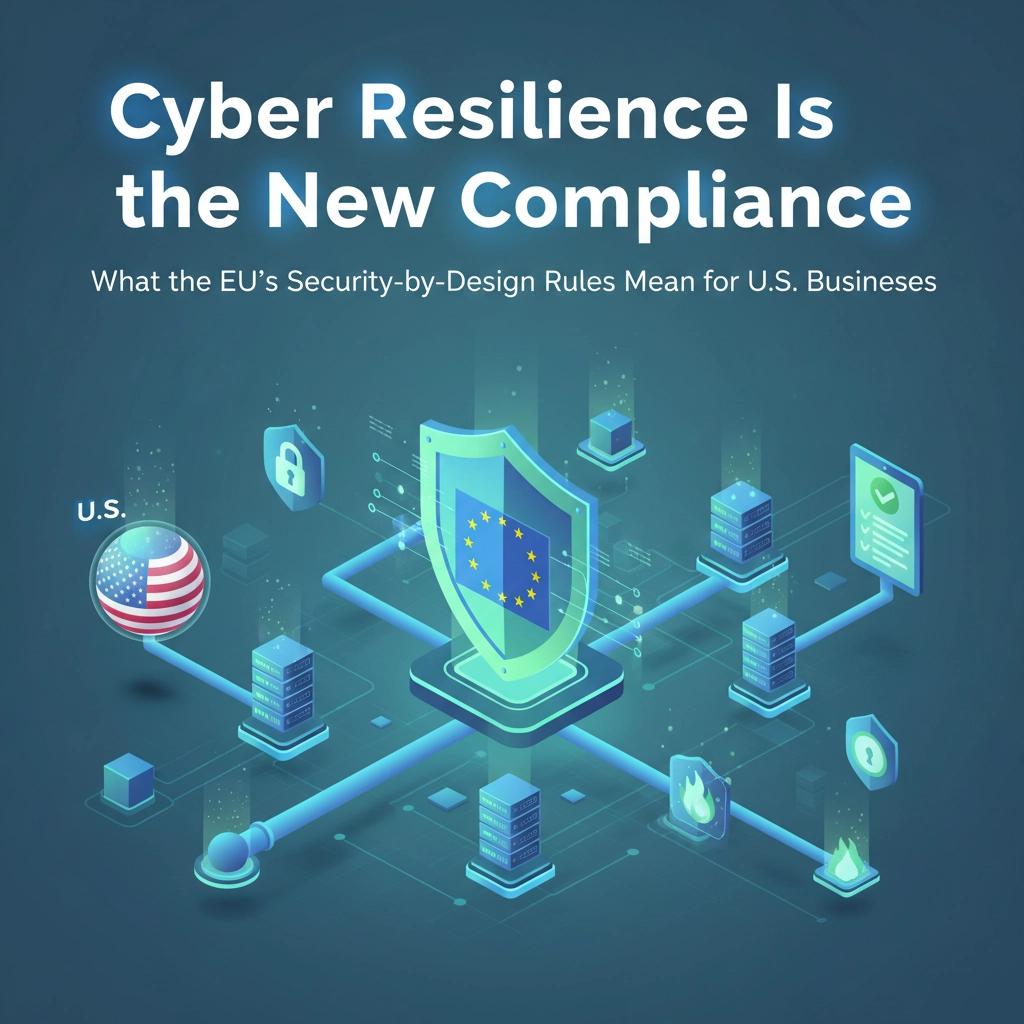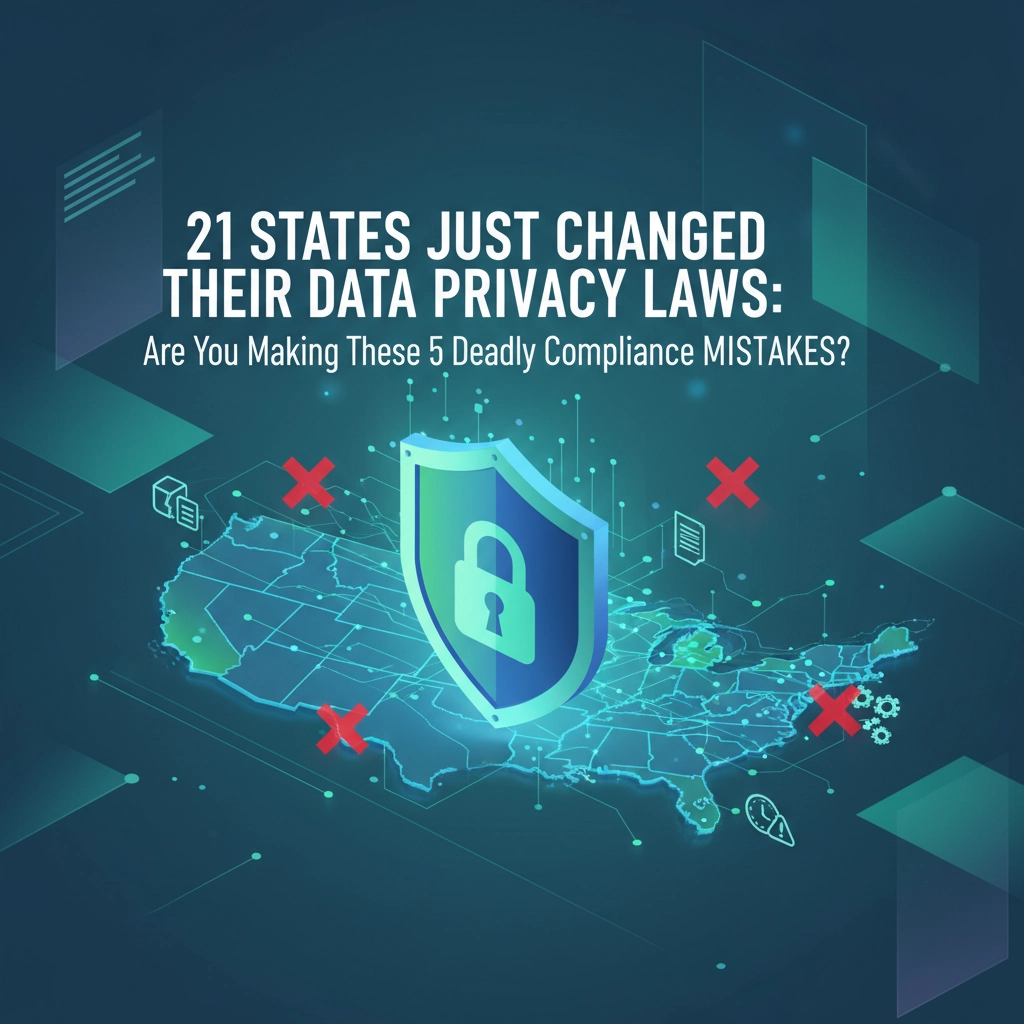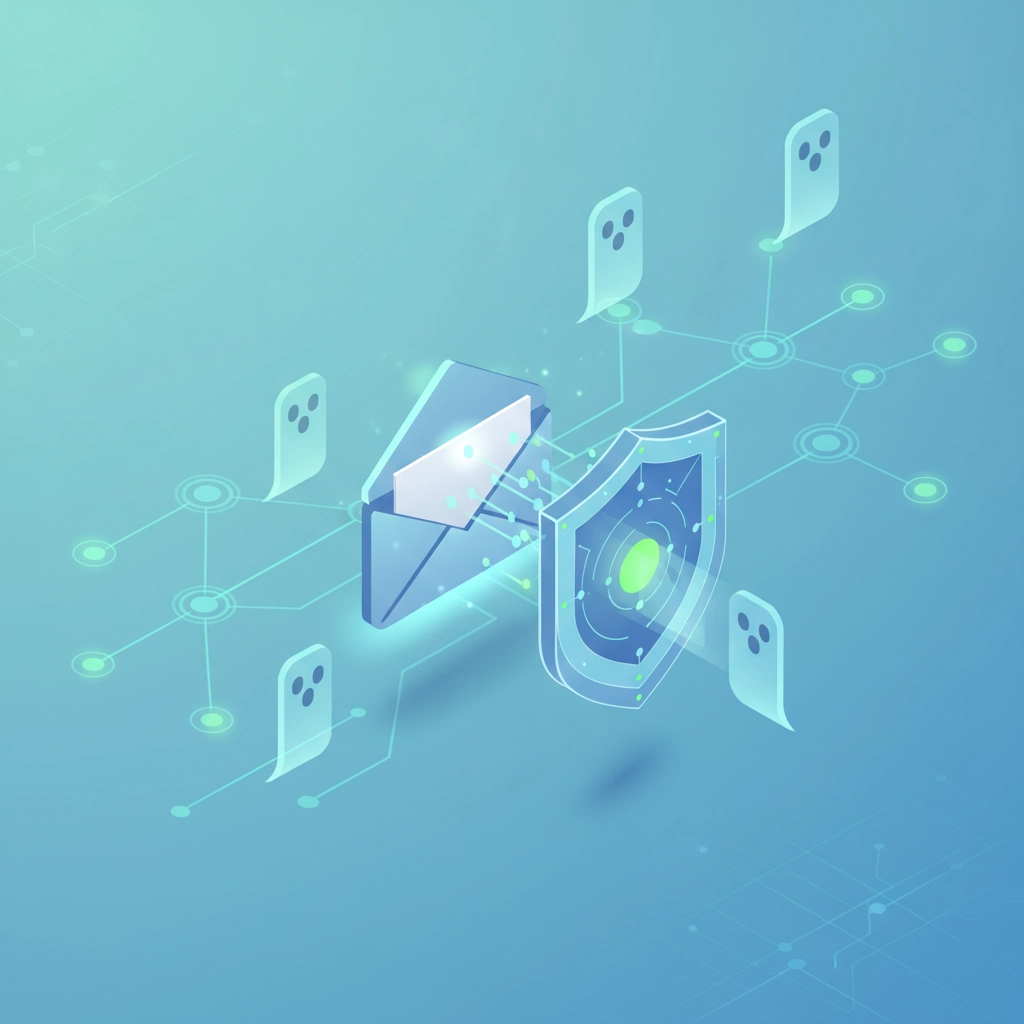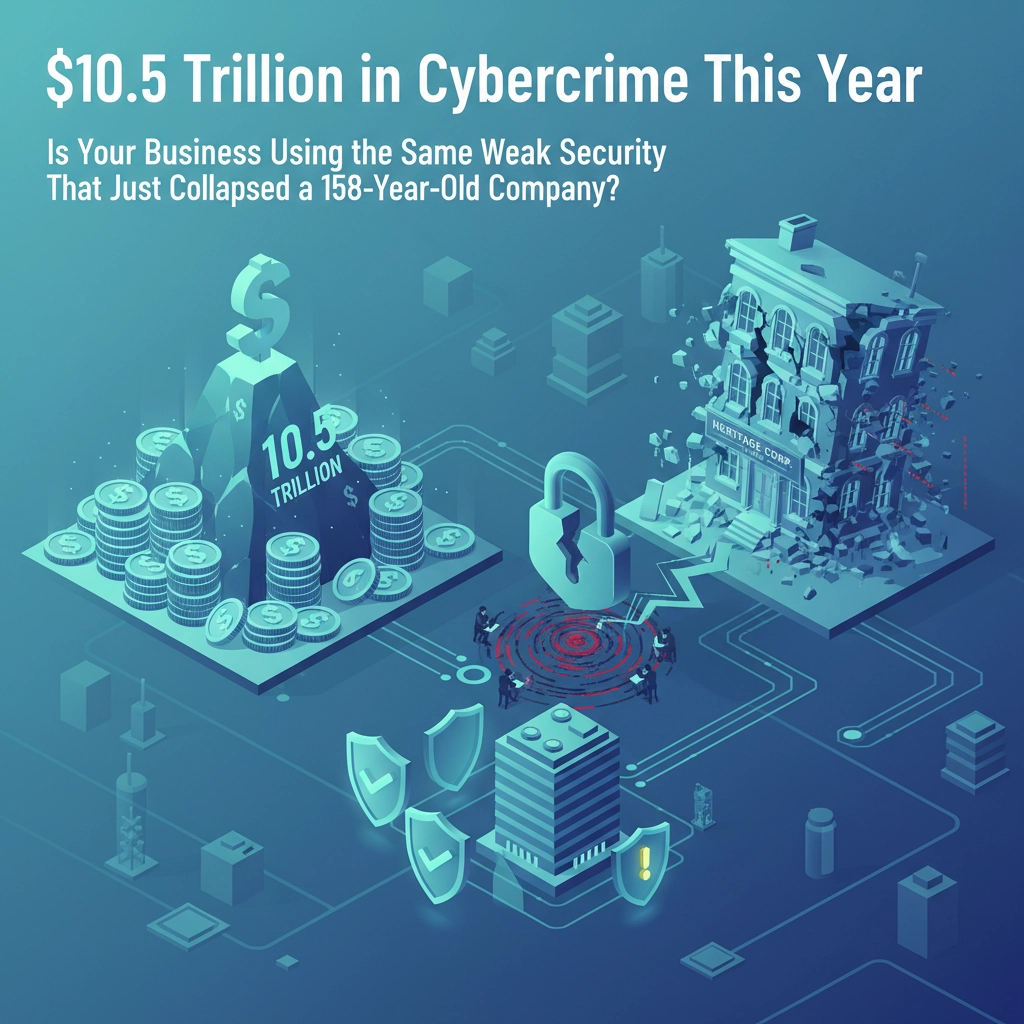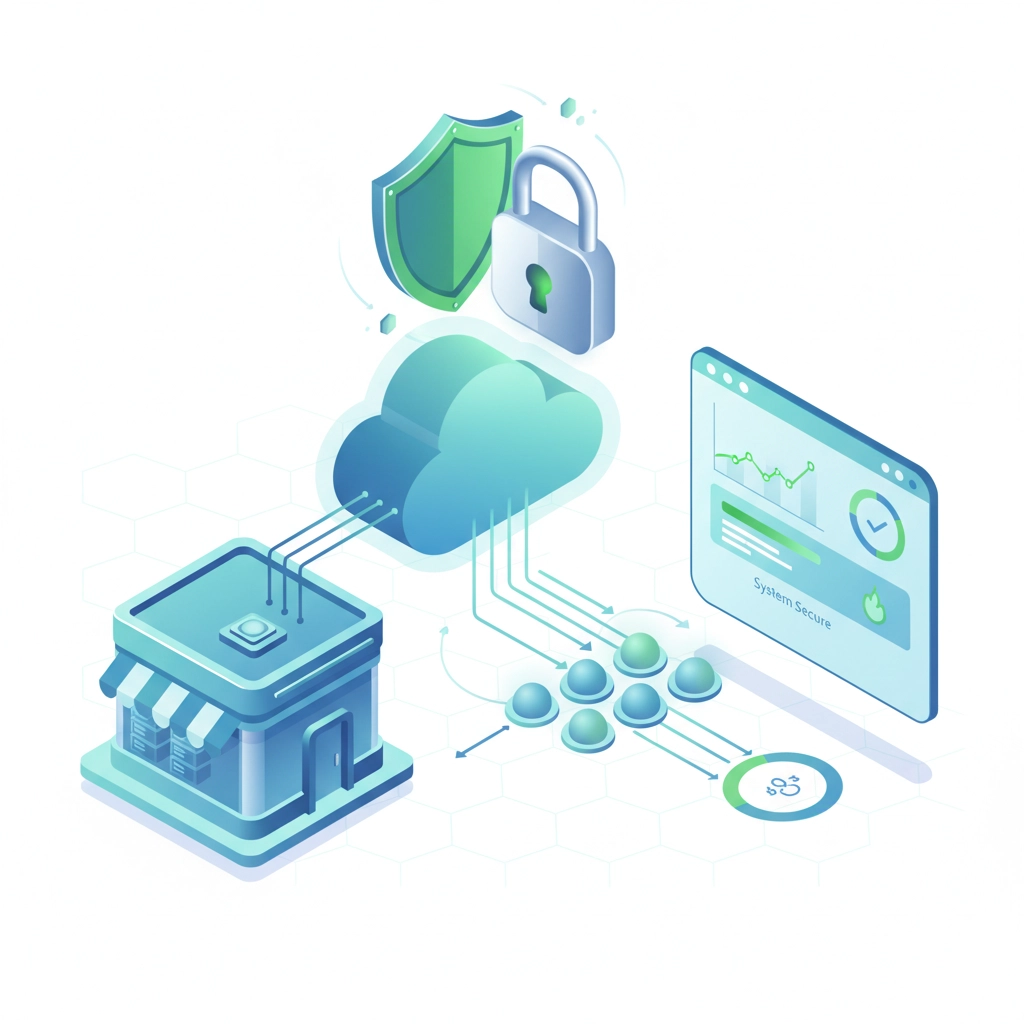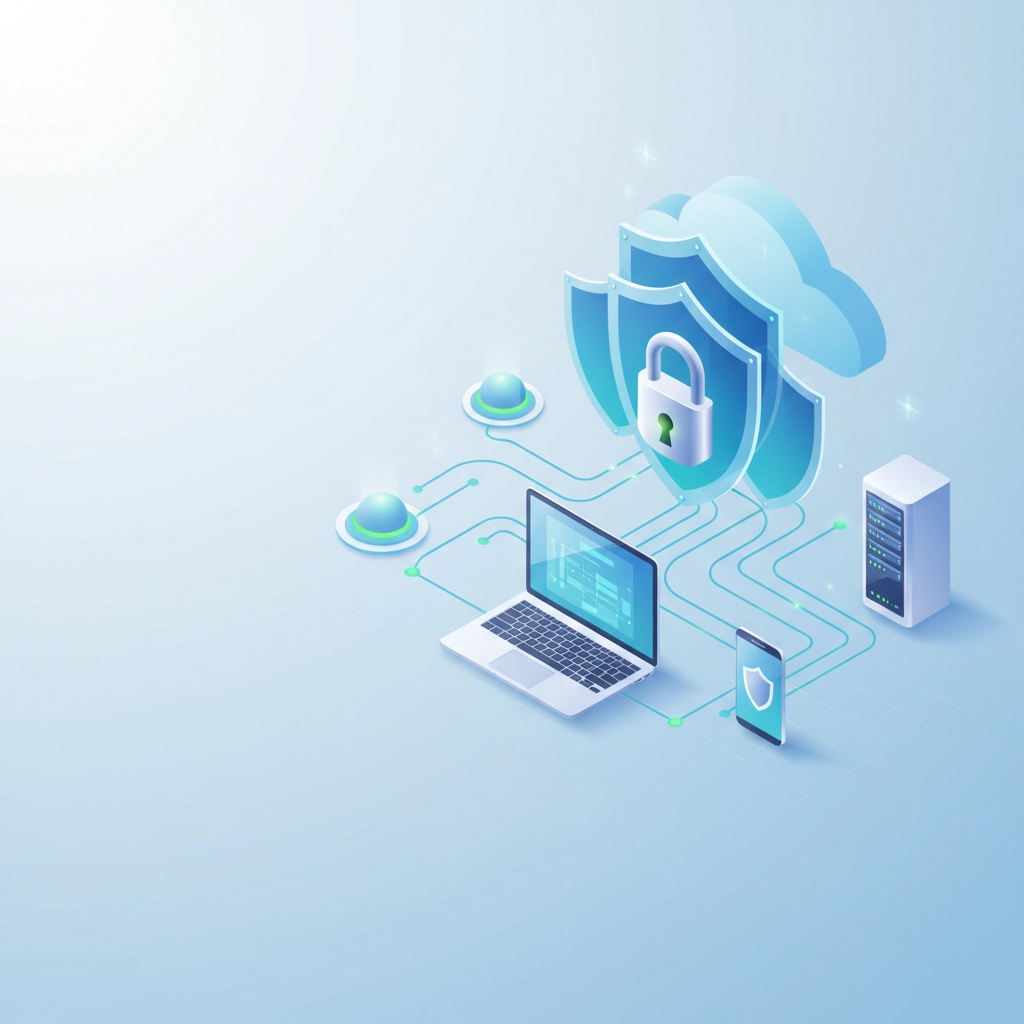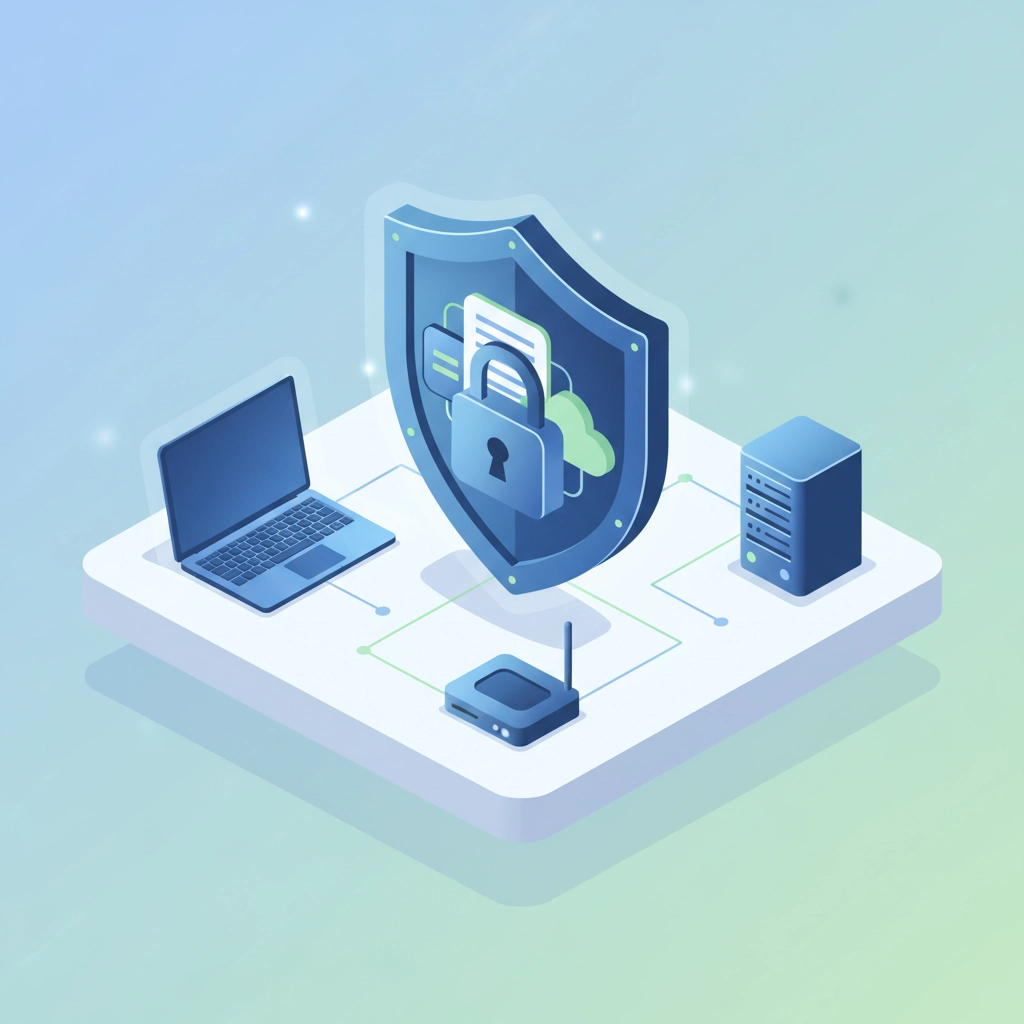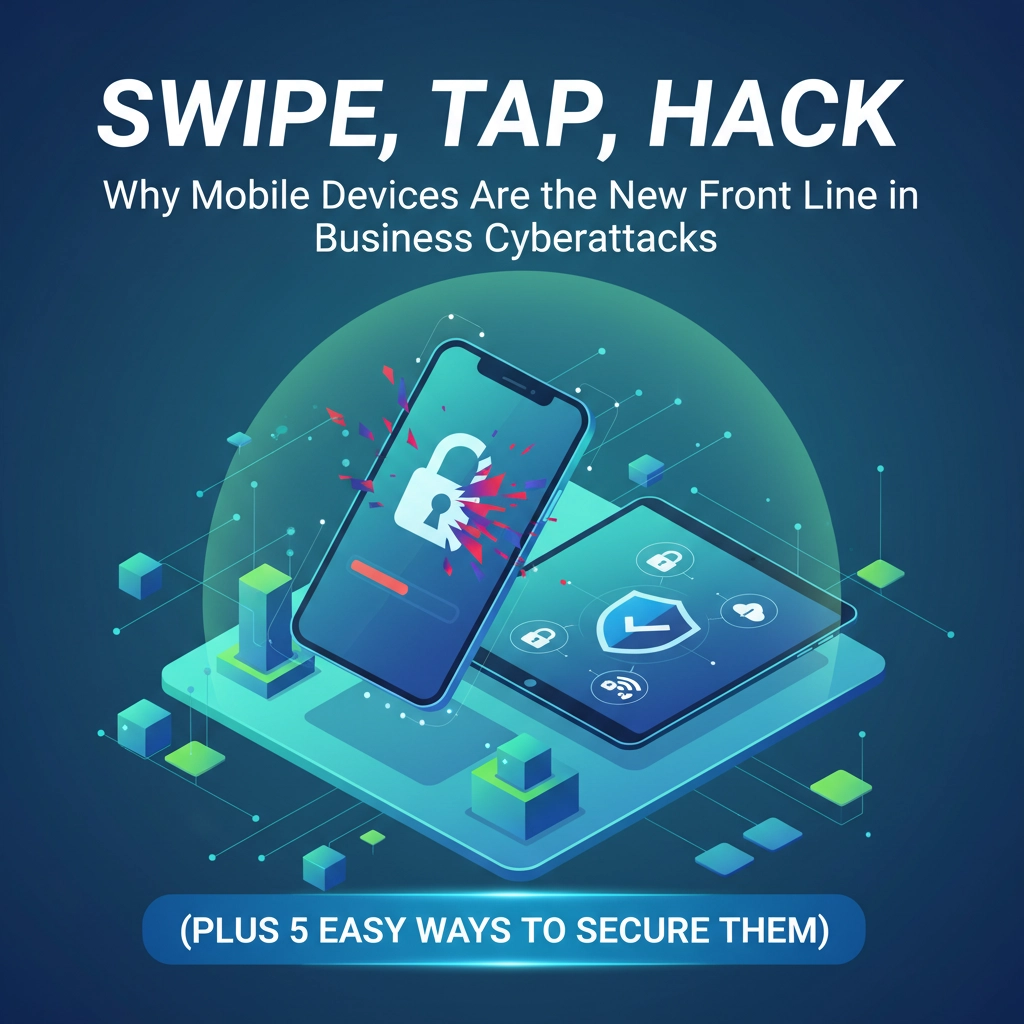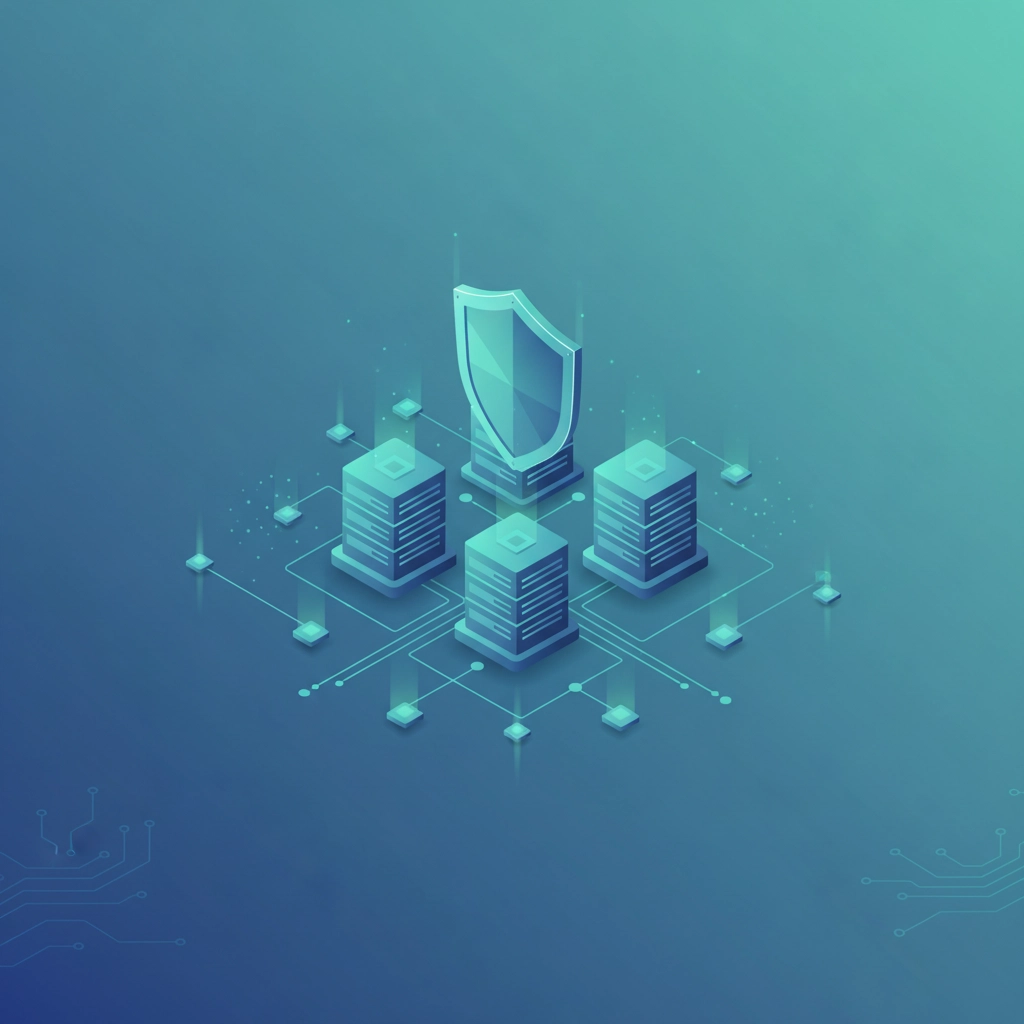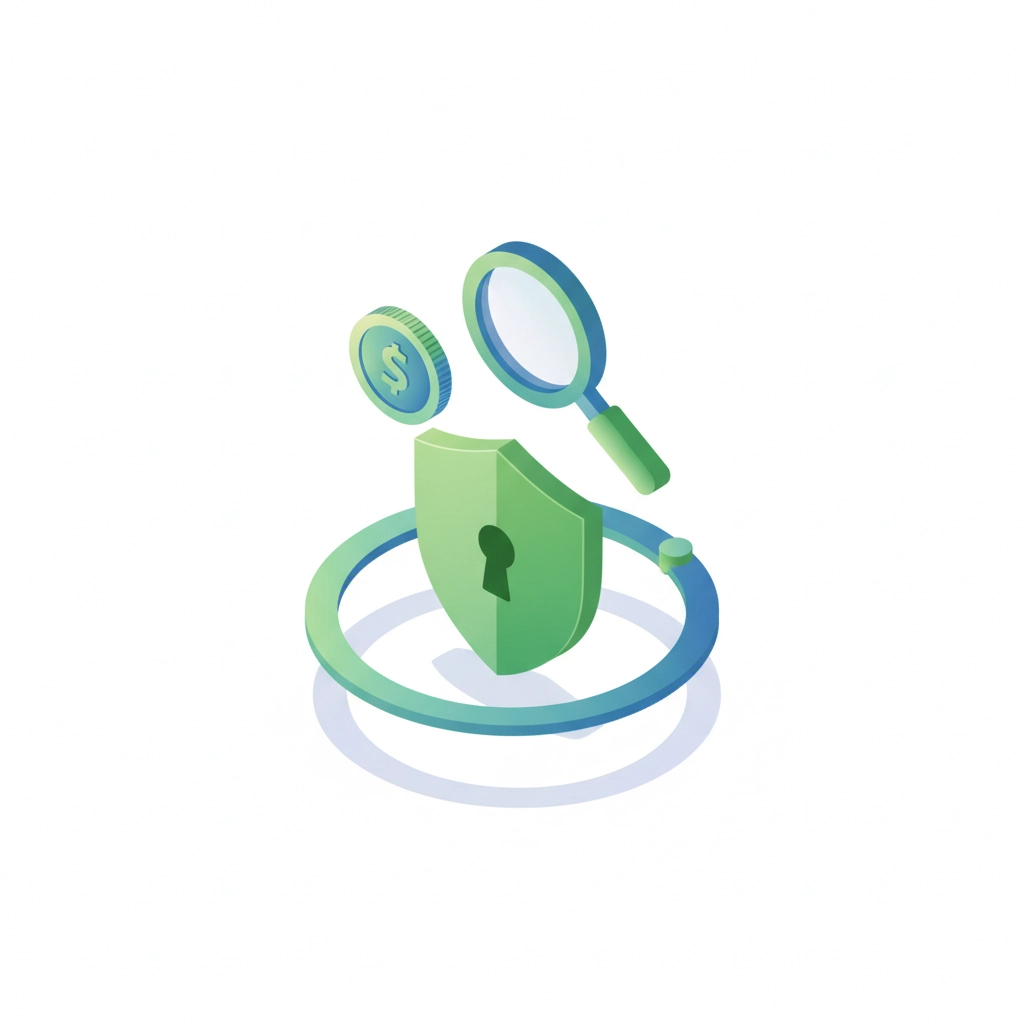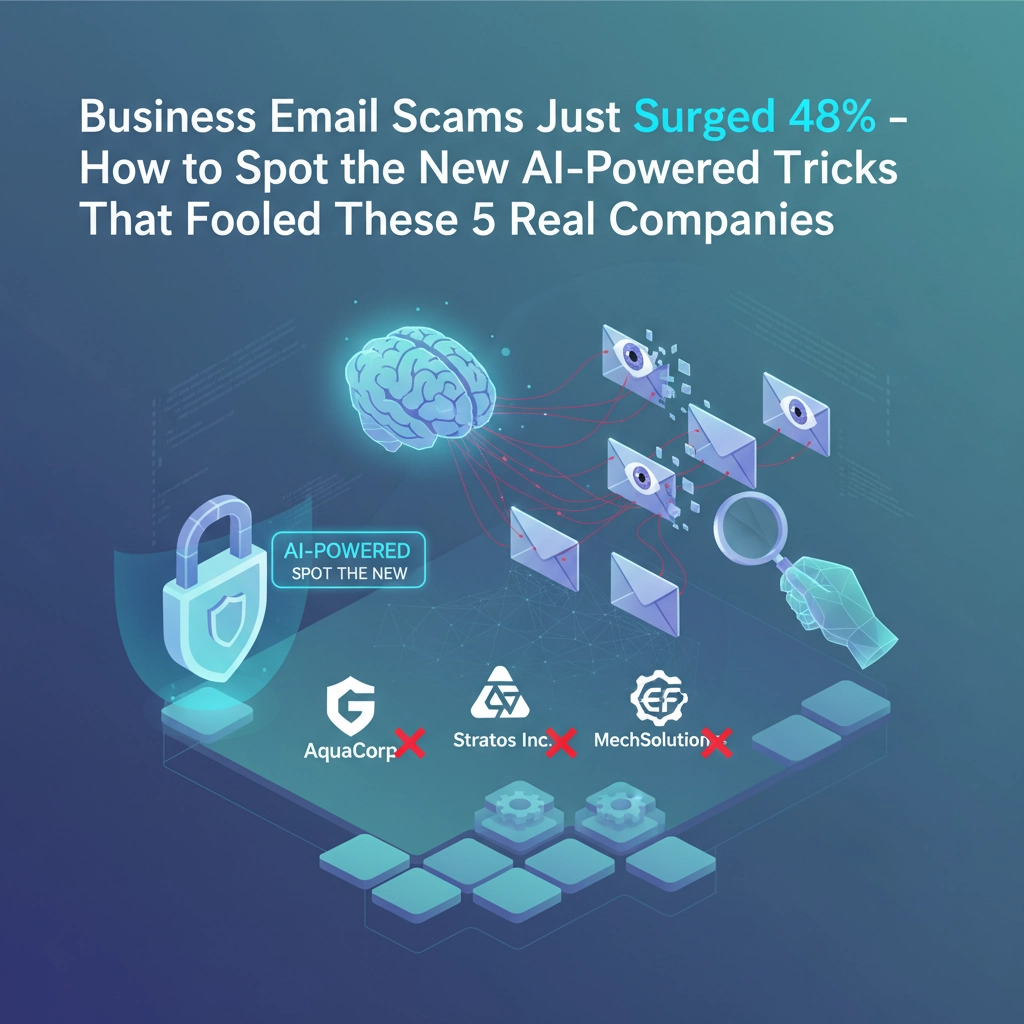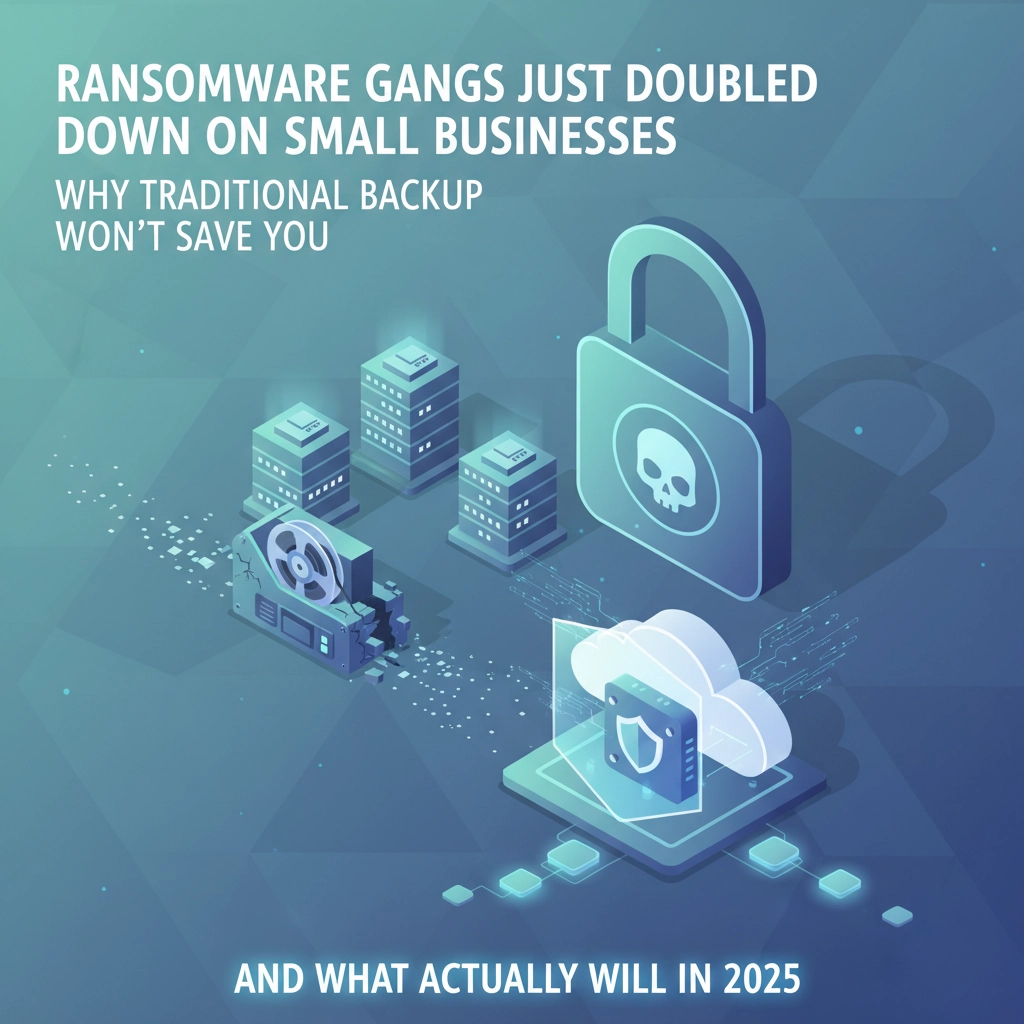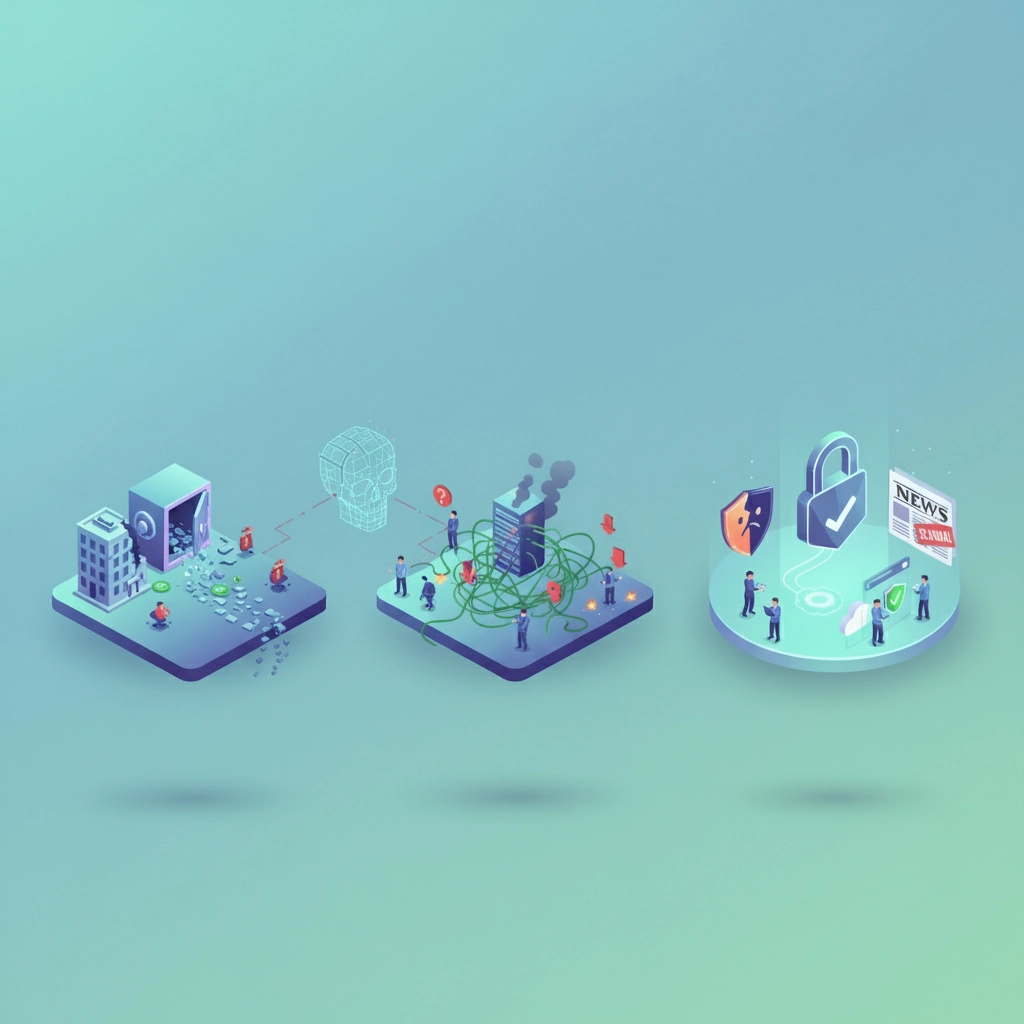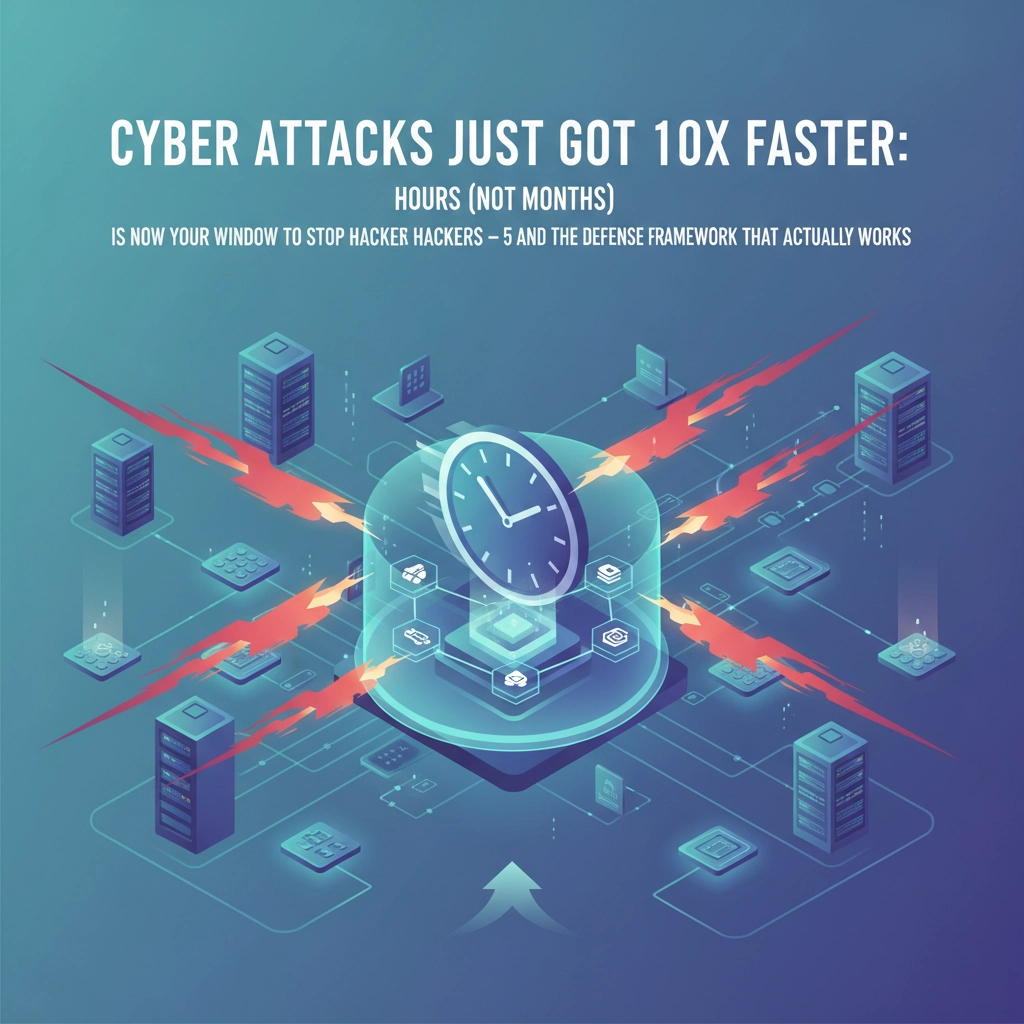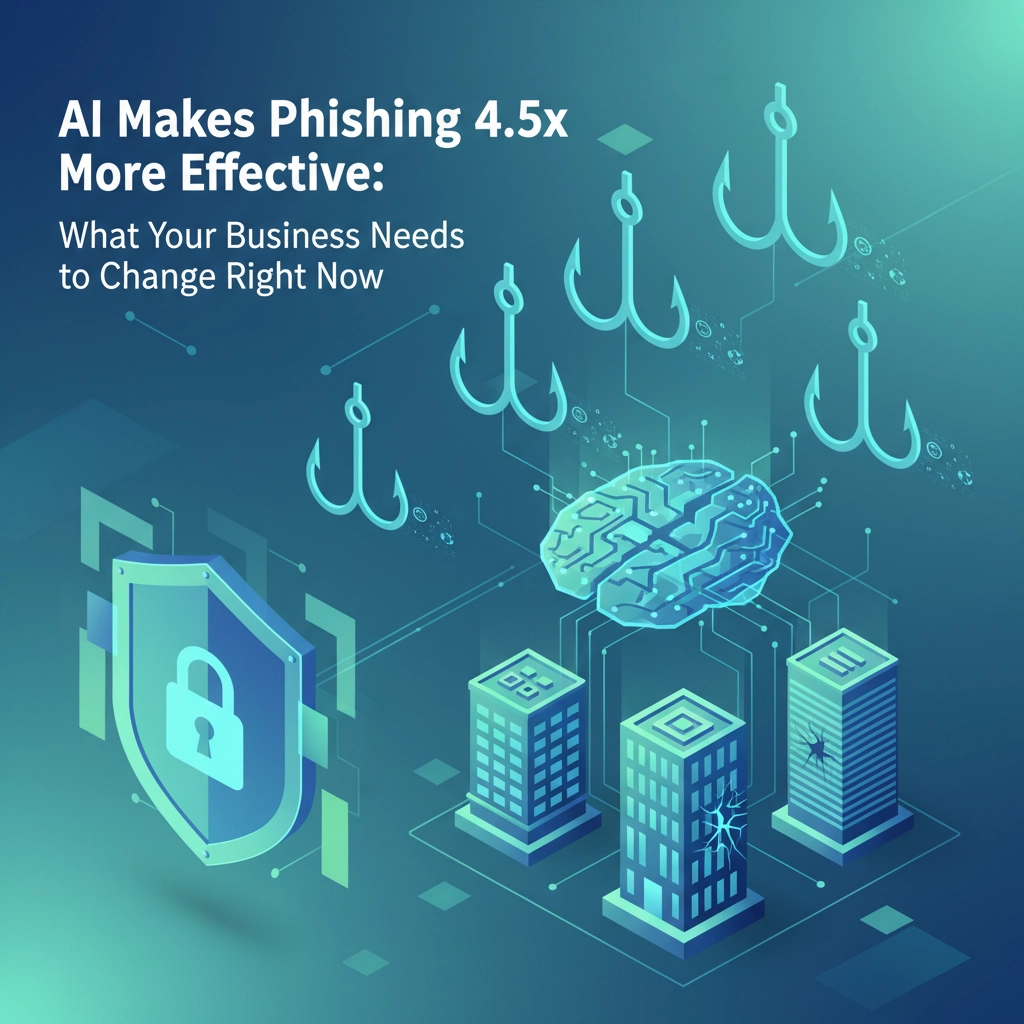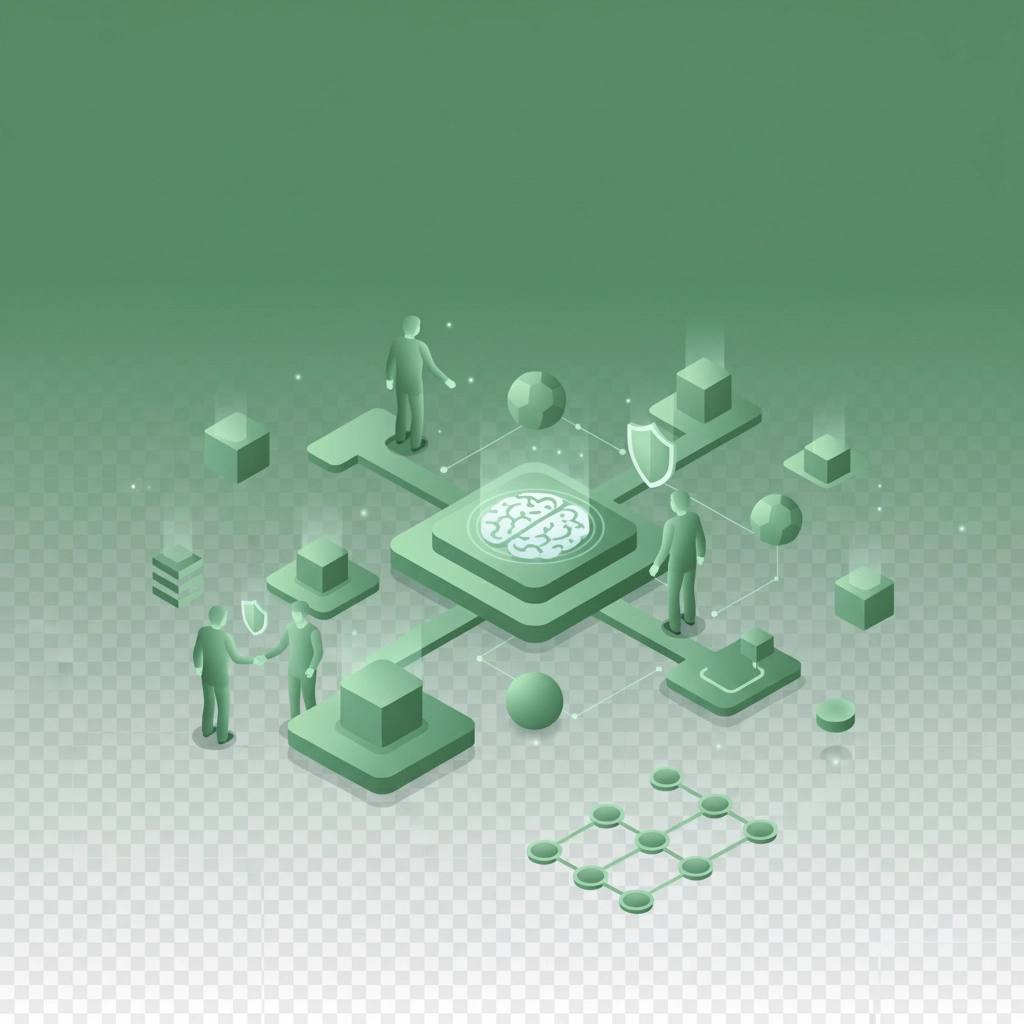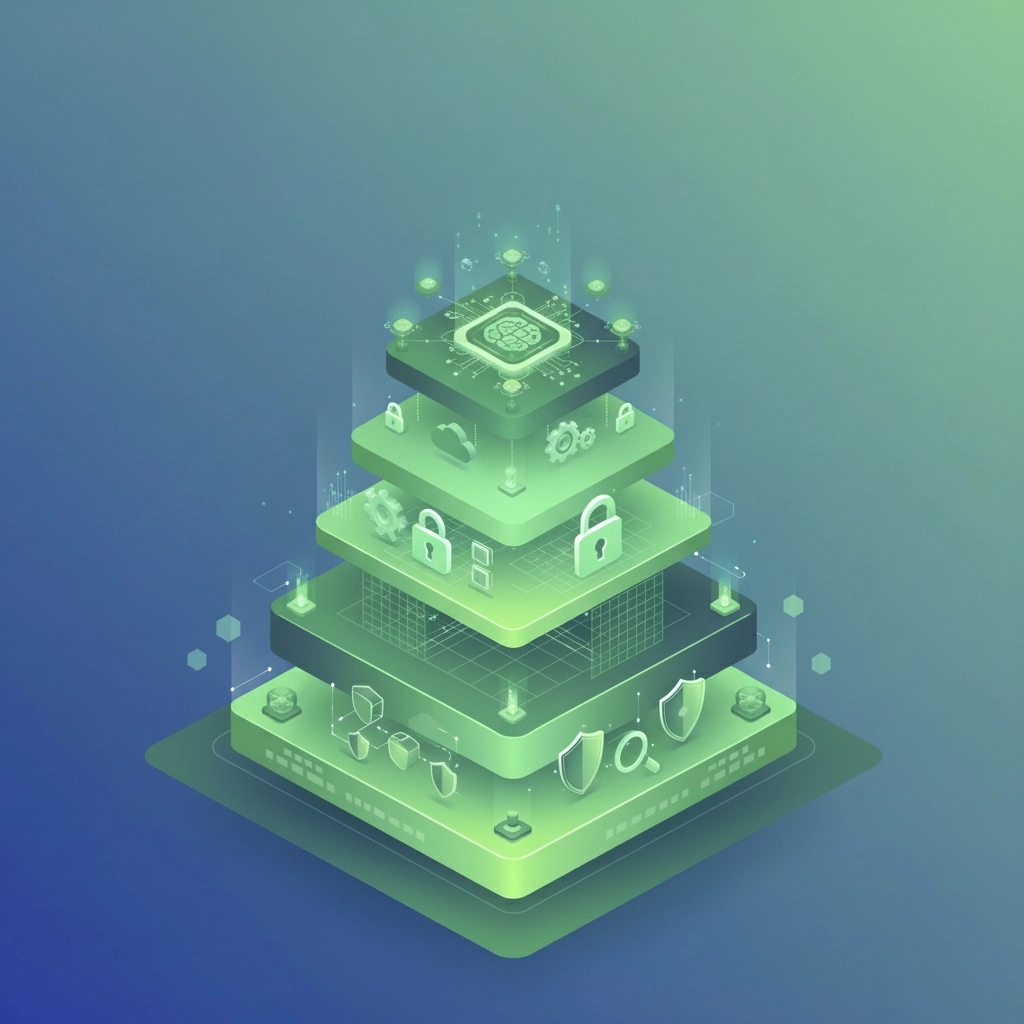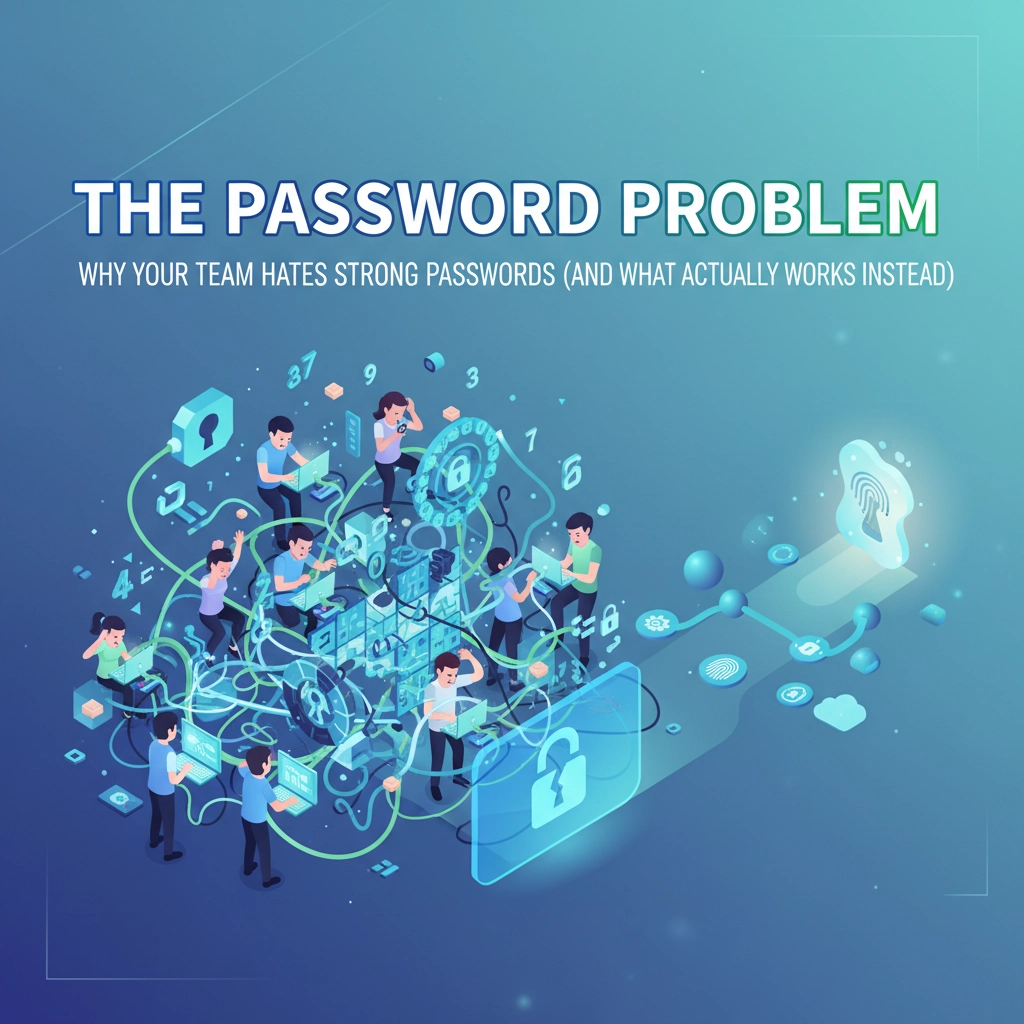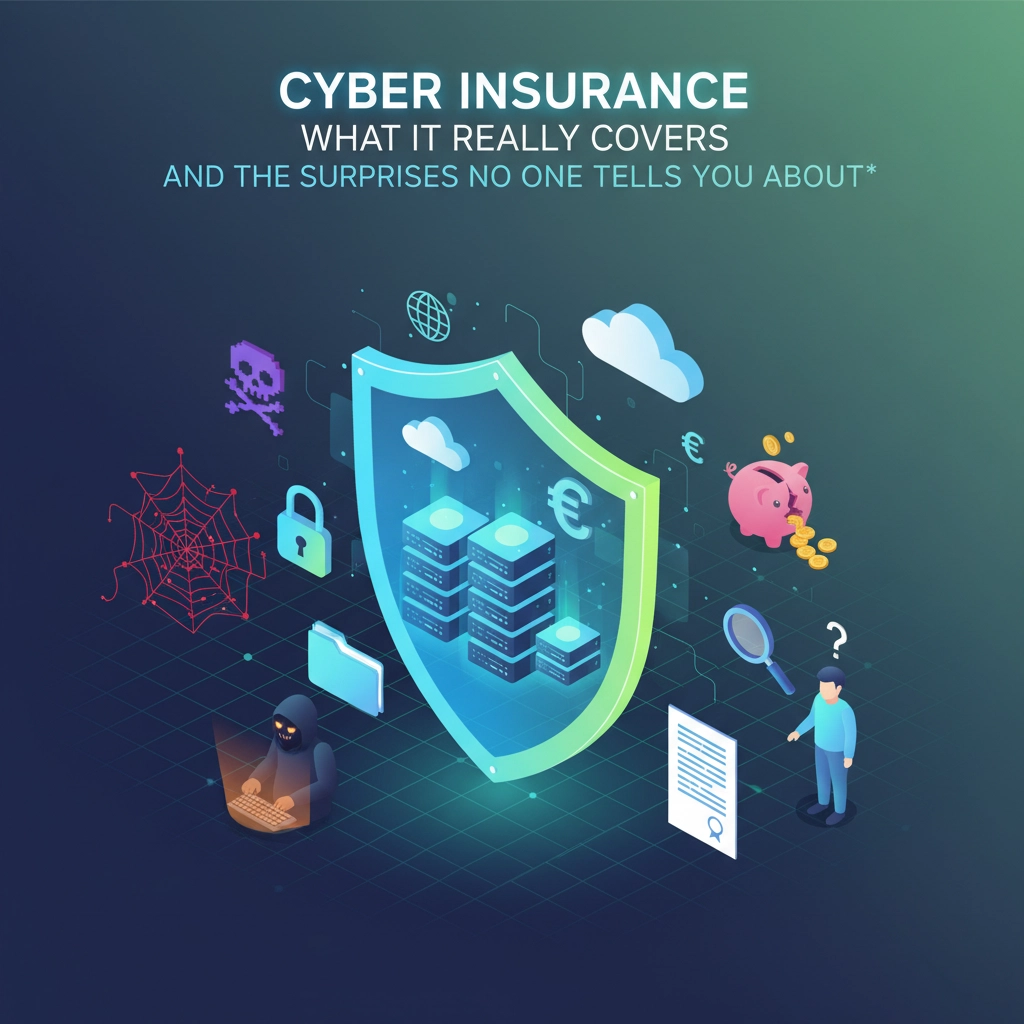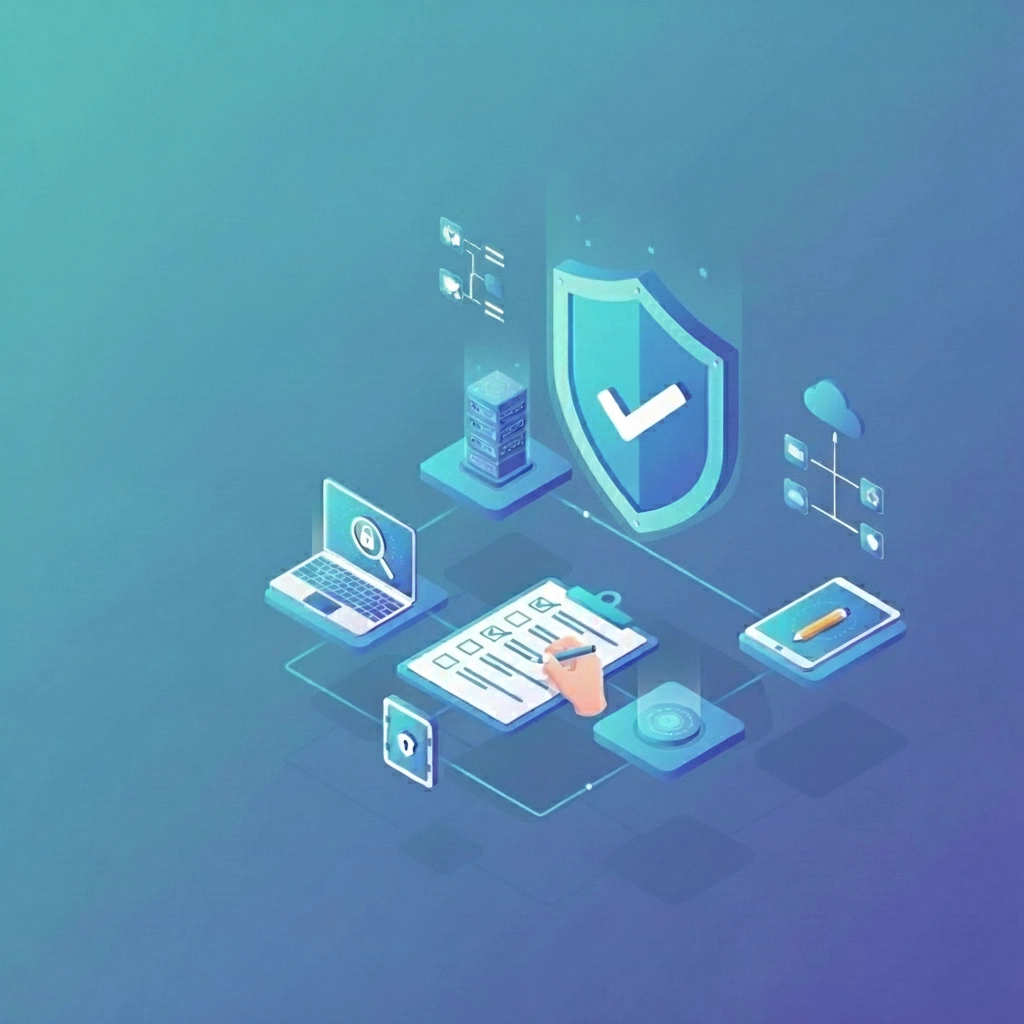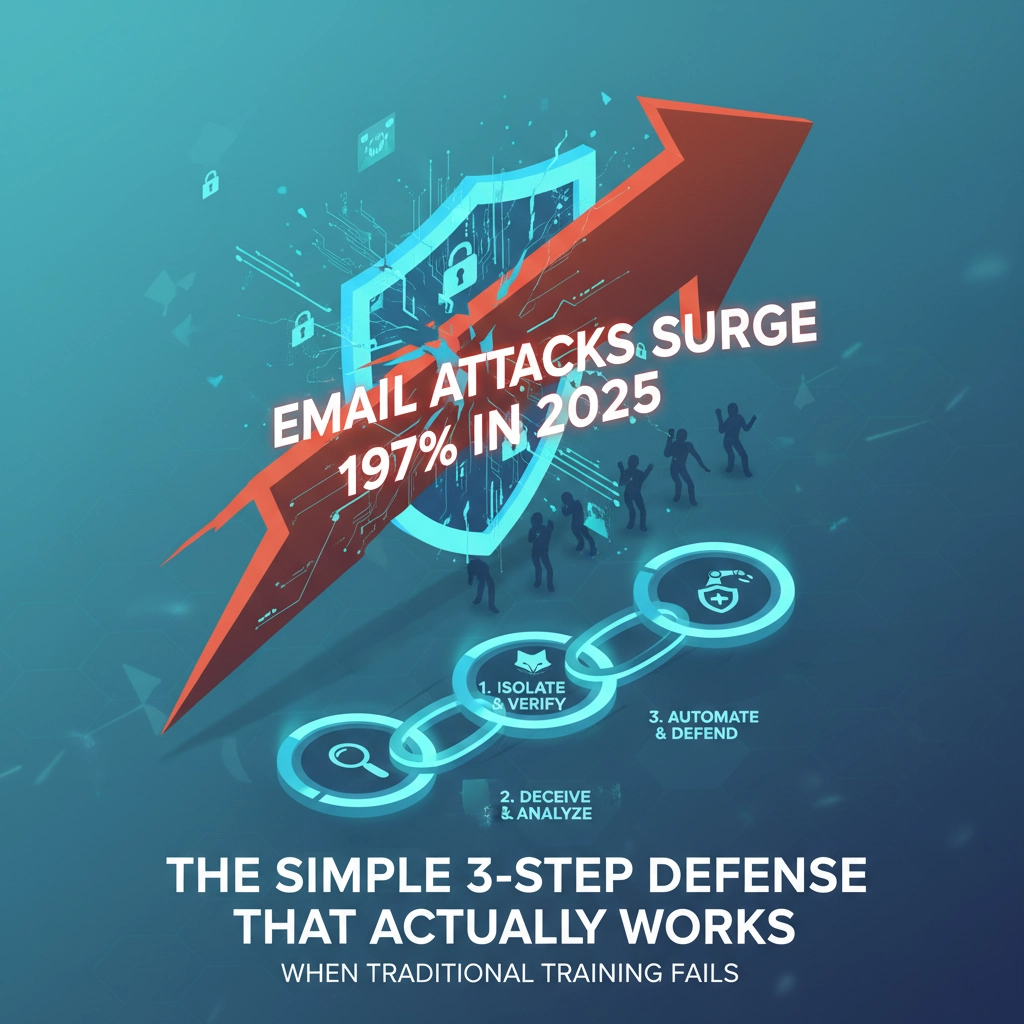Let's be honest: if you're running a business in 2025, you're probably tired of hearing about cybersecurity threats. But here's the thing: while you've been focusing on running your company, hackers have been getting smarter. Way smarter. They're using AI to launch attacks that can bypass traditional security measures in minutes, not hours.
The good news? You can fight fire with fire. AI isn't just helping criminals: it's revolutionizing how smart business owners protect their companies. And you don't need a computer science degree to build an AI-ready cybersecurity strategy that actually works.
Why Your Business Needs AI-Powered Cybersecurity (Right Now)
Remember when you could rely on antivirus software and strong passwords? Those days are gone. Modern businesses face over 600 million cyberattacks daily, and traditional security tools simply can't keep up with the volume and sophistication of today's threats.
Here's what AI brings to your cybersecurity table that traditional tools can't:
Speed That Matters: While your IT team is still analyzing the first alert, AI has already detected, analyzed, and responded to dozens of potential threats. We're talking milliseconds, not minutes.
Pattern Recognition on Steroids: AI can spot suspicious behavior patterns that would take human analysts weeks to identify. It's like having a security guard who never sleeps, never gets distracted, and remembers every single thing that's happened in your network.
Automated Response: When AI detects a threat, it doesn't send an email to your IT team and wait for someone to get back from lunch. It takes immediate action: isolating infected systems, blocking malicious traffic, and containing threats before they spread.
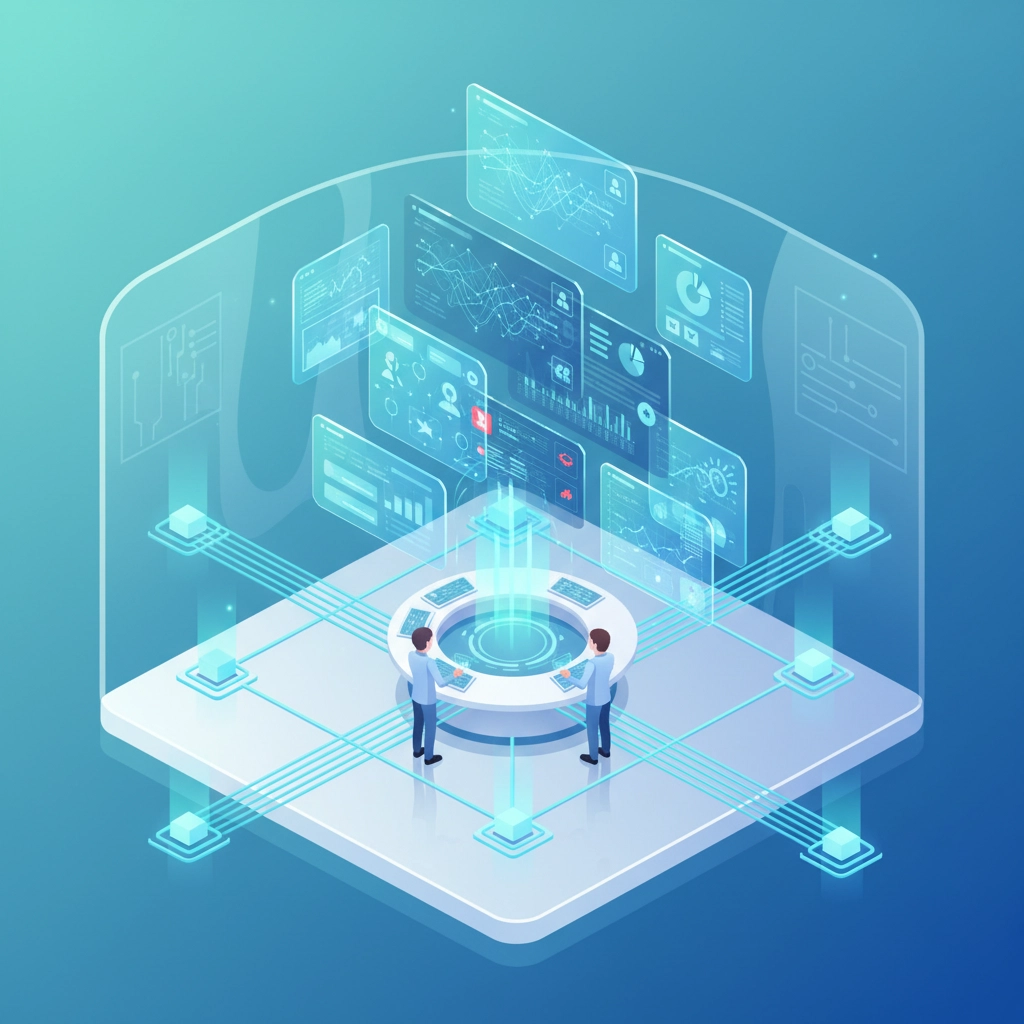
The AI Technologies That Will Transform Your Security
You don't need to become a tech expert, but understanding these core AI capabilities will help you make smarter decisions about your cybersecurity investments.
Behavioral Analytics: Your Digital Detective
Think of behavioral analytics as a security system that learns what "normal" looks like in your business. It tracks how employees typically access files, when they log in, which applications they use, and from where. When someone's behavior suddenly changes: like accessing sensitive financial data at 3 AM from a coffee shop: the system flags it immediately.
This isn't just about catching hackers who've stolen passwords. It's about identifying the subtle signs of insider threats, compromised accounts, and sophisticated attacks that traditional security tools miss entirely.
Intelligent Response Systems (SOAR)
Security Orchestration, Automation and Response (SOAR) systems are like having a cybersecurity expert who never panics, never forgets protocol, and can handle multiple crises simultaneously. These systems analyze threats and automatically execute response plans based on the specific situation.
For example, if AI detects malware on an employee's laptop, SOAR might automatically disconnect that device from your network, scan for similar infections on other machines, update firewall rules, and notify your IT team: all in seconds.
Smart Identity Management
AI-powered identity systems go beyond simple username and password combinations. They consider dozens of factors: Is this person logging in from their usual location? Are they using their typical device? Is their typing pattern consistent with previous sessions?
This technology enables adaptive security measures. Low-risk activities get streamlined access, while unusual behavior triggers additional verification steps. It's security that gets smarter over time, not more cumbersome.
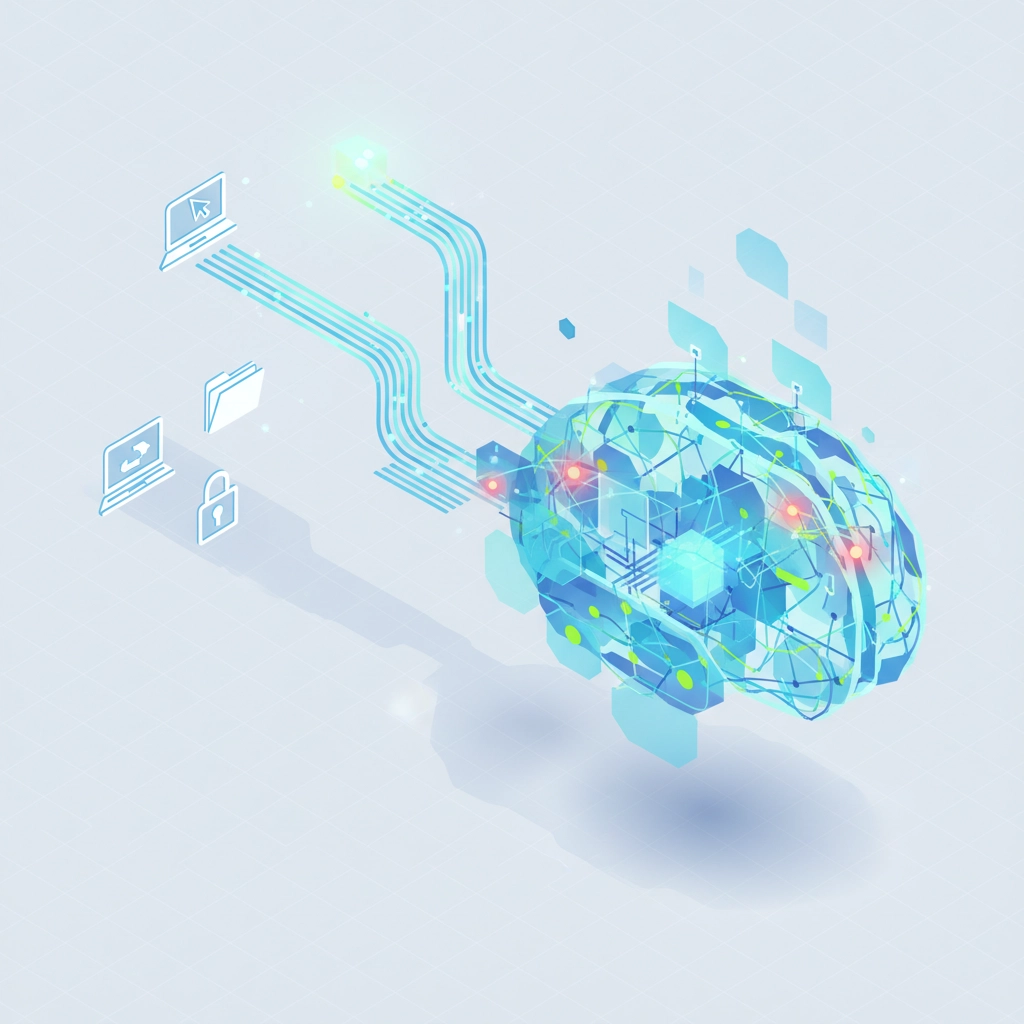
Your Step-by-Step Implementation Guide
Building an AI-ready cybersecurity strategy doesn't mean ripping out your existing security infrastructure and starting over. Smart business owners take a measured approach that builds on what's already working.
Step 1: Assess Your Current Security Landscape
Before adding AI to your security mix, you need to understand what you're working with. Conduct a comprehensive audit of your existing security tools, policies, and procedures. Identify your biggest vulnerabilities and the areas where your team spends the most time on repetitive tasks.
This assessment should include your network infrastructure, endpoint security, email security, access controls, and data protection measures. Don't forget about your cloud services: many businesses have security gaps in their cloud configurations that AI can help address.
Step 2: Start with High-Impact, Low-Risk Areas
Rather than trying to implement AI across your entire security infrastructure at once, focus on specific areas where AI can provide immediate value with minimal disruption. Email security is often a great starting point because it's relatively isolated from other systems and email-based attacks are incredibly common.
Network monitoring is another excellent entry point. AI-powered network analysis tools can provide insights into your network traffic patterns and identify anomalies without requiring major changes to your existing infrastructure.
Step 3: Invest in Your Team's AI Literacy
Your cybersecurity is only as strong as the people managing it. Even with AI handling much of the heavy lifting, your team needs to understand how these systems work, what their outputs mean, and when human intervention is necessary.
This doesn't mean sending your IT staff back to school for computer science degrees. It means providing practical training on how to interpret AI-generated reports, configure AI systems for your specific business needs, and troubleshoot common issues.
Step 4: Implement Continuous Monitoring and Improvement
AI systems get smarter over time, but only if they're properly maintained and updated. Establish processes for regularly reviewing your AI system performance, updating threat intelligence feeds, and refining detection rules based on your business's evolving needs.
This includes setting up dashboards that give you visibility into key metrics like threat detection rates, false positive rates, and response times. You want to catch problems early and continuously improve your security posture.
Best Practices That Actually Work
Start with Quality Data: AI is only as good as the data it's trained on. Ensure your systems are collecting comprehensive, accurate data about network traffic, user behavior, and system activities. Poor data quality leads to poor AI performance.
Maintain Human Oversight: AI is incredibly powerful, but it's not infallible. Always maintain human oversight of critical security decisions. AI should augment your team's capabilities, not replace human judgment entirely.
Plan for Scalability: Choose AI solutions that can grow with your business. Your cybersecurity needs today might be different from your needs in two years, and your AI systems should be able to adapt and scale accordingly.
Address Privacy and Compliance: AI systems often require access to sensitive data to function effectively. Ensure your AI implementations comply with relevant privacy regulations and industry standards for your business.
Getting Started Today
Building an AI-ready cybersecurity strategy might seem overwhelming, but you don't have to tackle it alone. The key is starting with a solid foundation and building incrementally.
If you're unsure where your current security stands or which AI solutions would provide the most value for your business, consider starting with a comprehensive cybersecurity assessment. Understanding your current vulnerabilities and risk profile will help you make informed decisions about where to invest your cybersecurity budget.
Ready to explore how AI can strengthen your business's cybersecurity posture? At B&R Computers, we help business owners like you navigate the complex world of AI-powered cybersecurity without the technical headaches. Let's talk about building a security strategy that actually makes sense for your business: and your budget.
Contact us today to schedule your cybersecurity consultation and take the first step toward an AI-ready security strategy that protects what matters most to your business.





